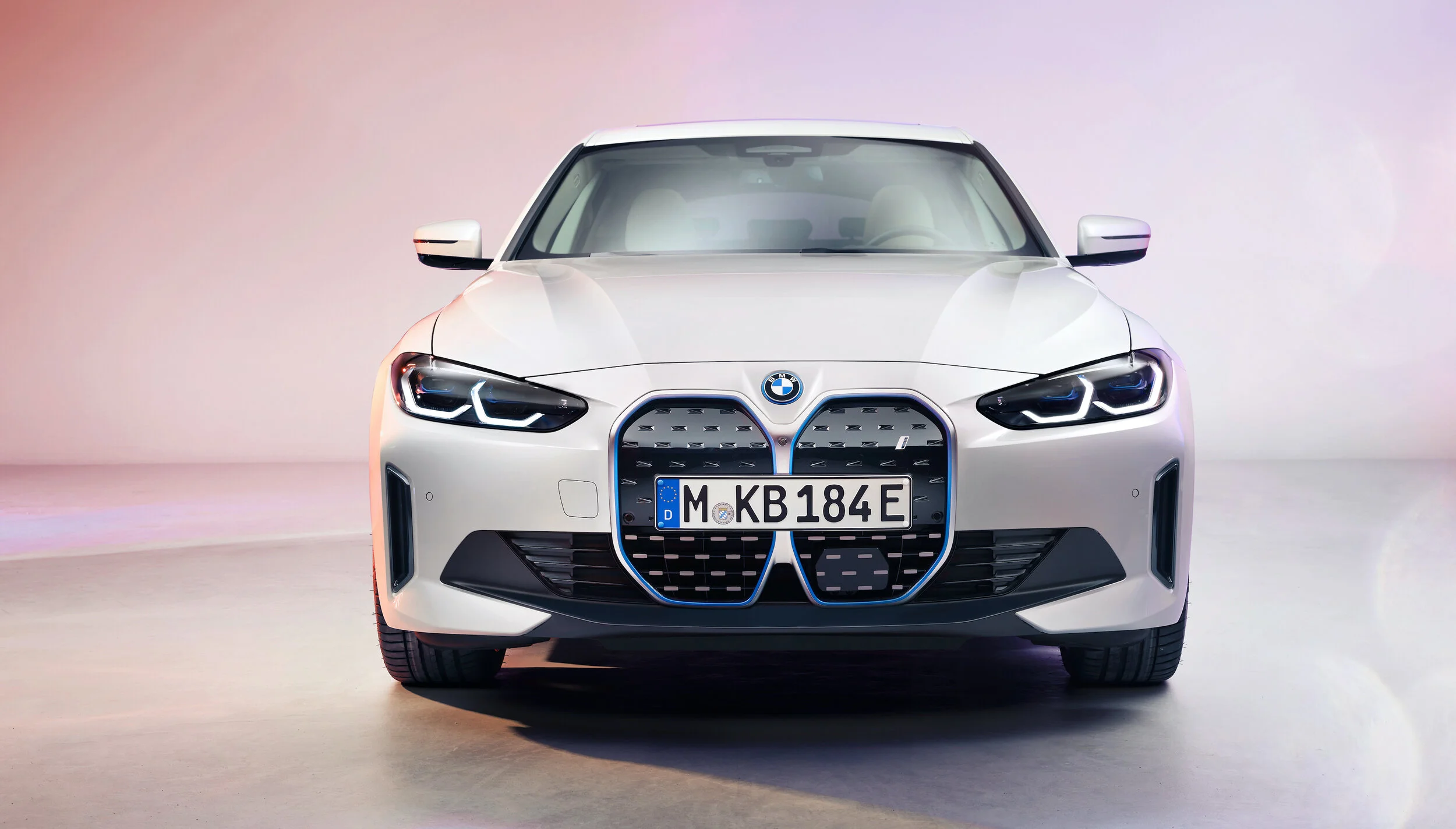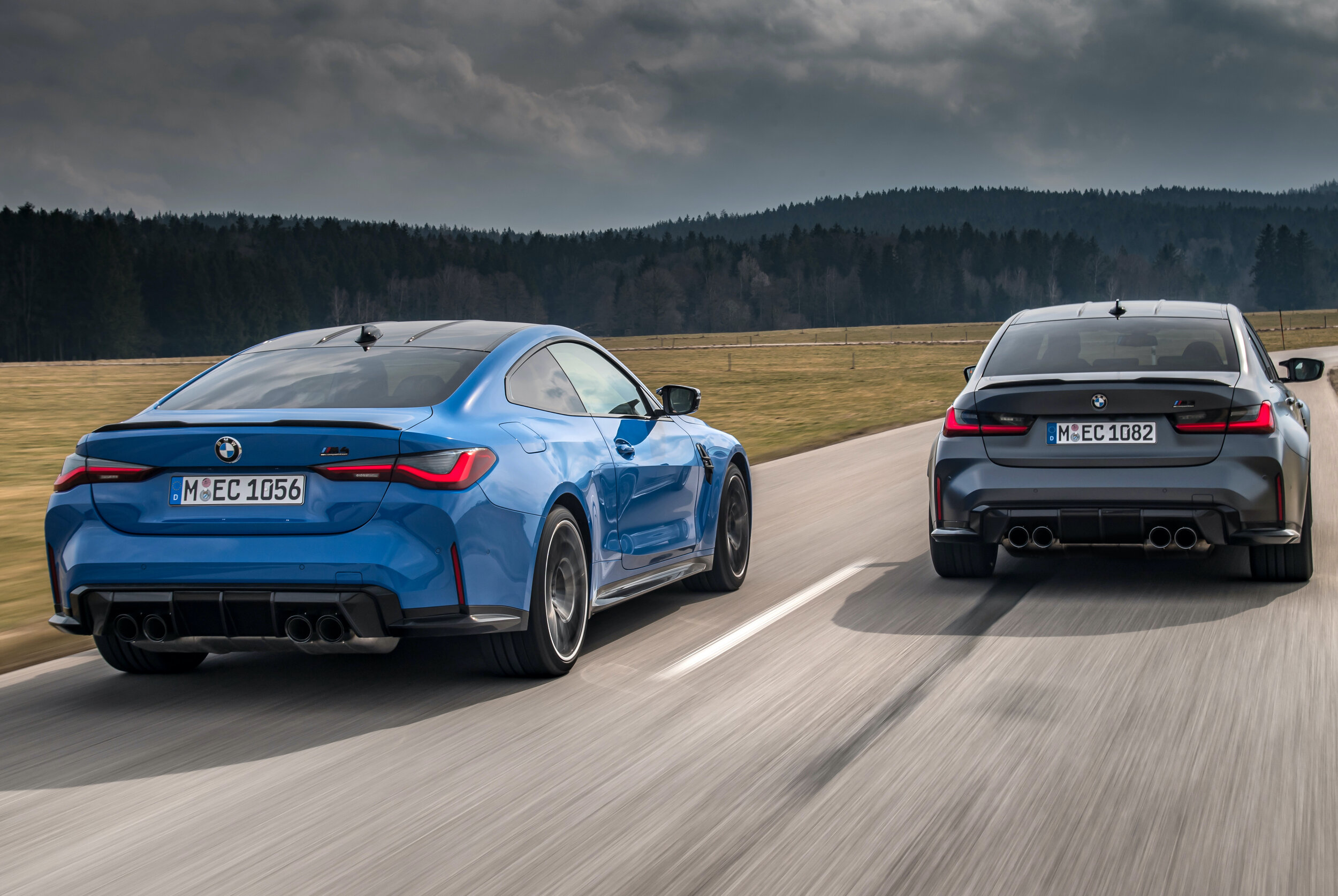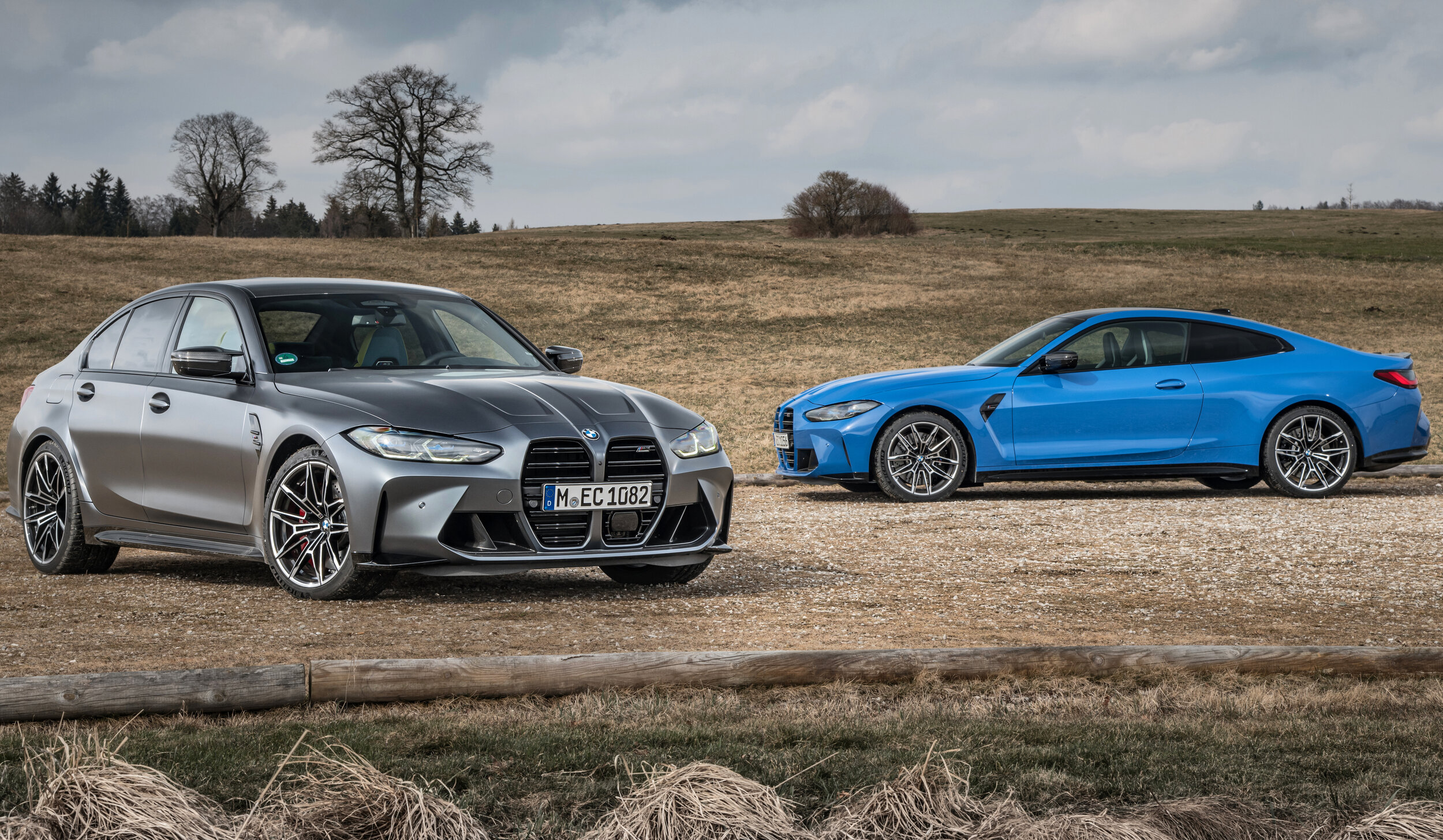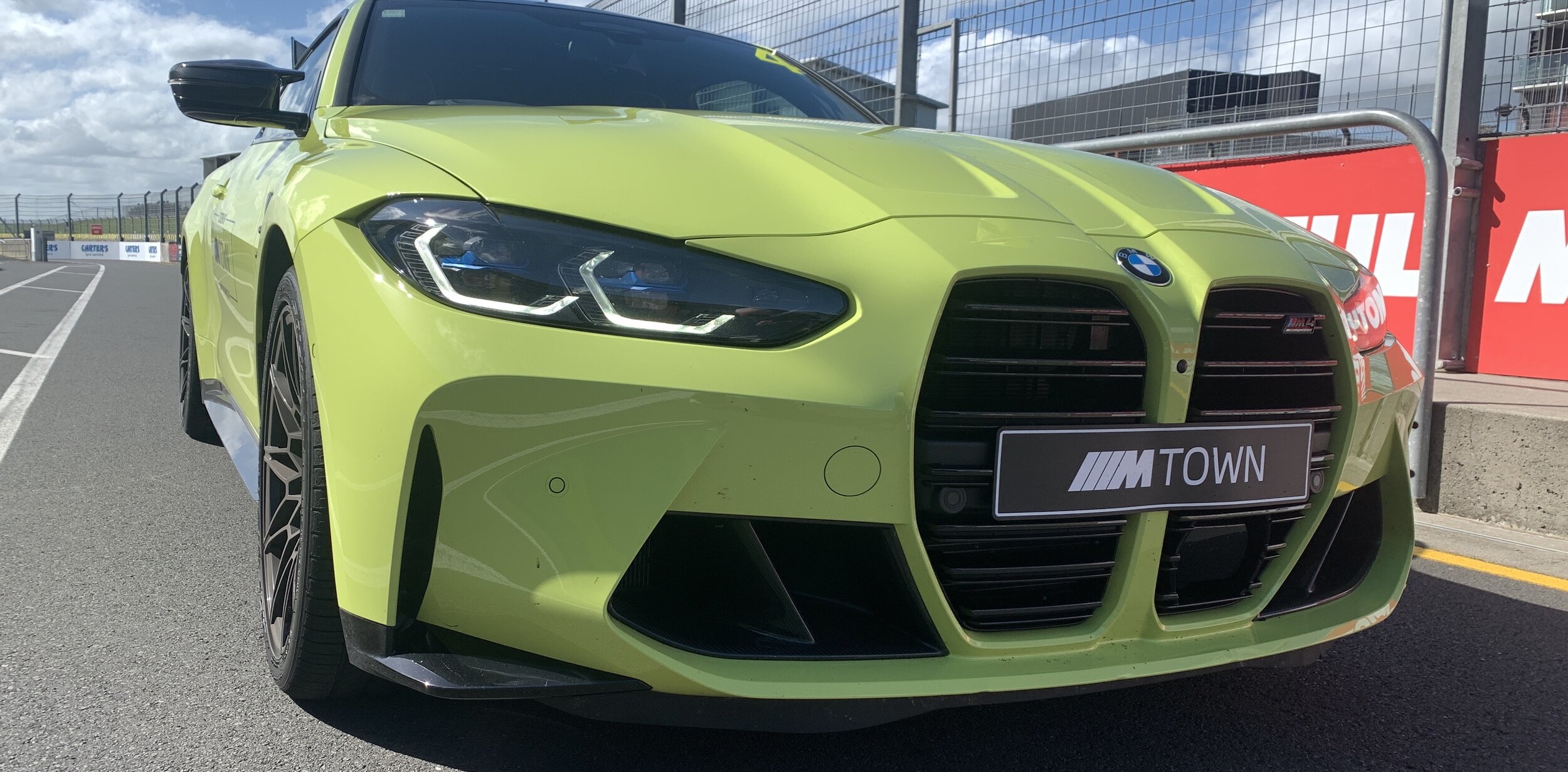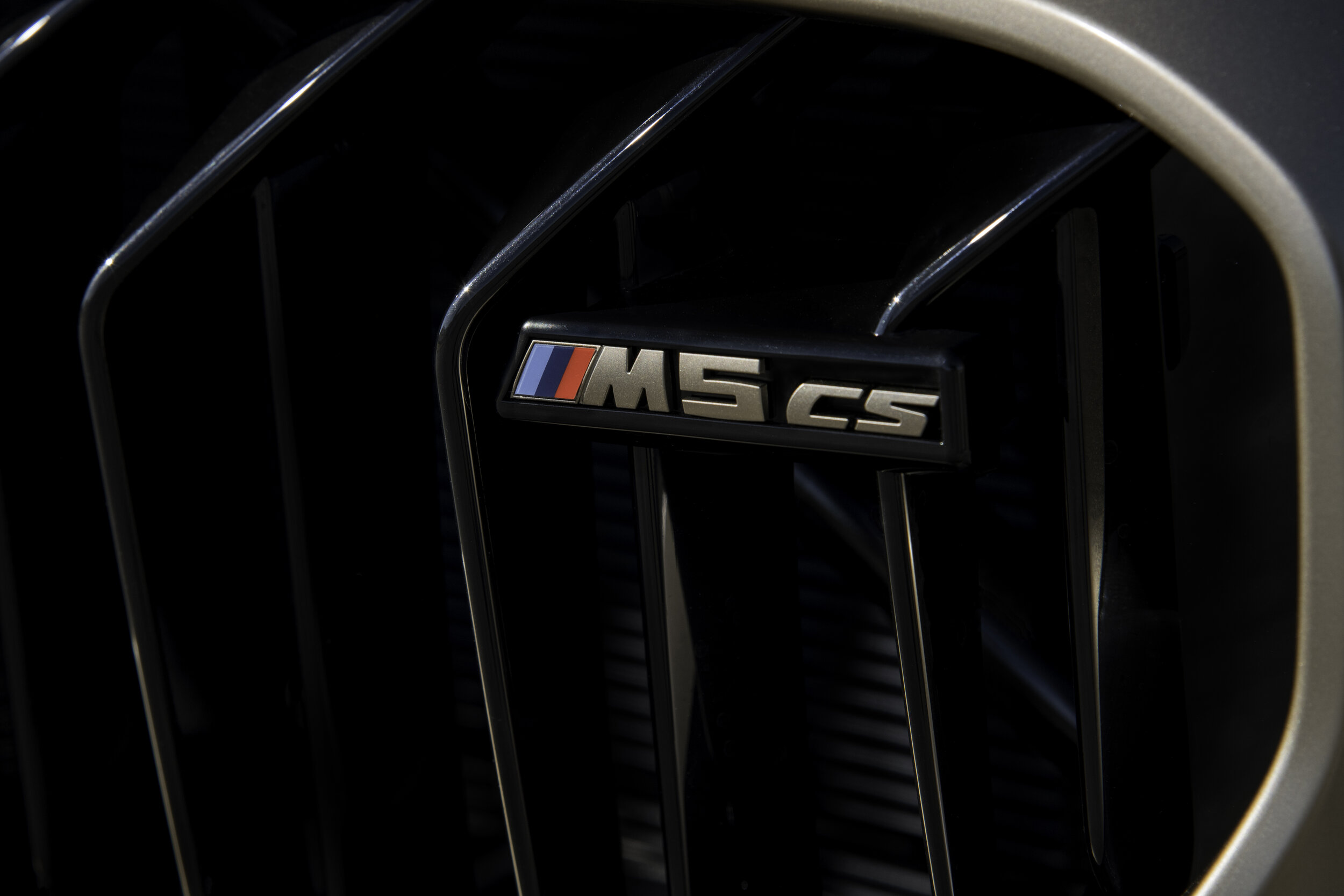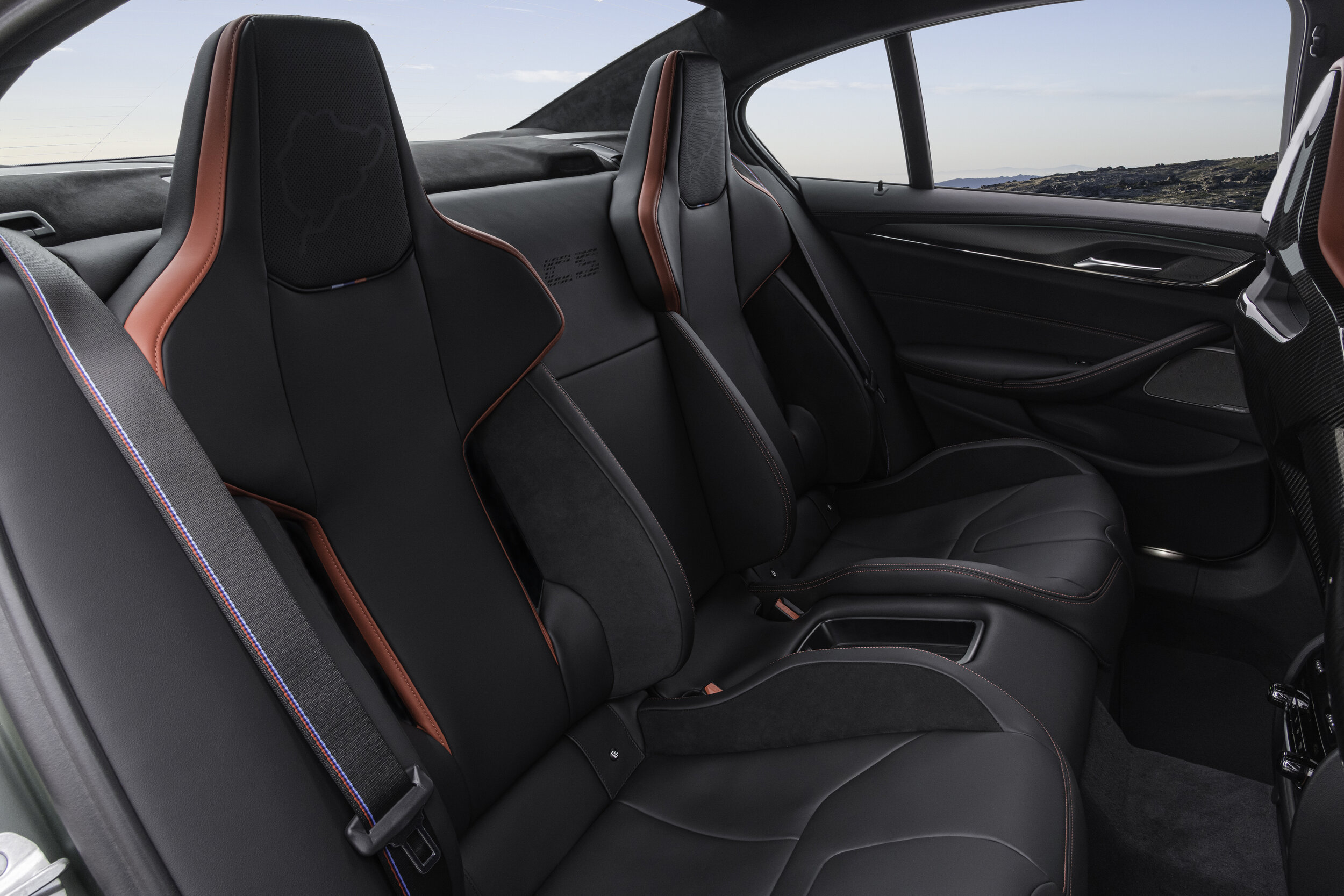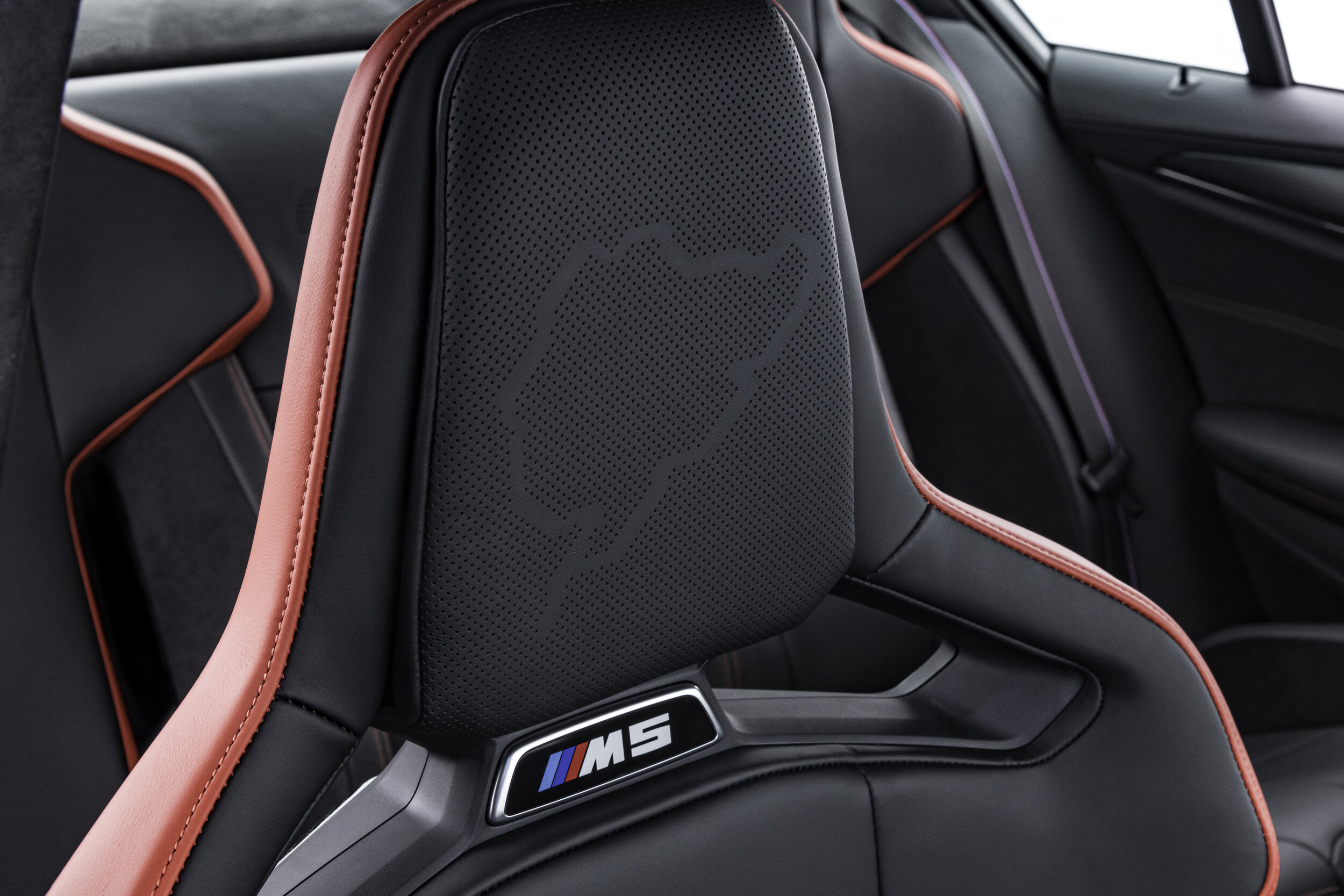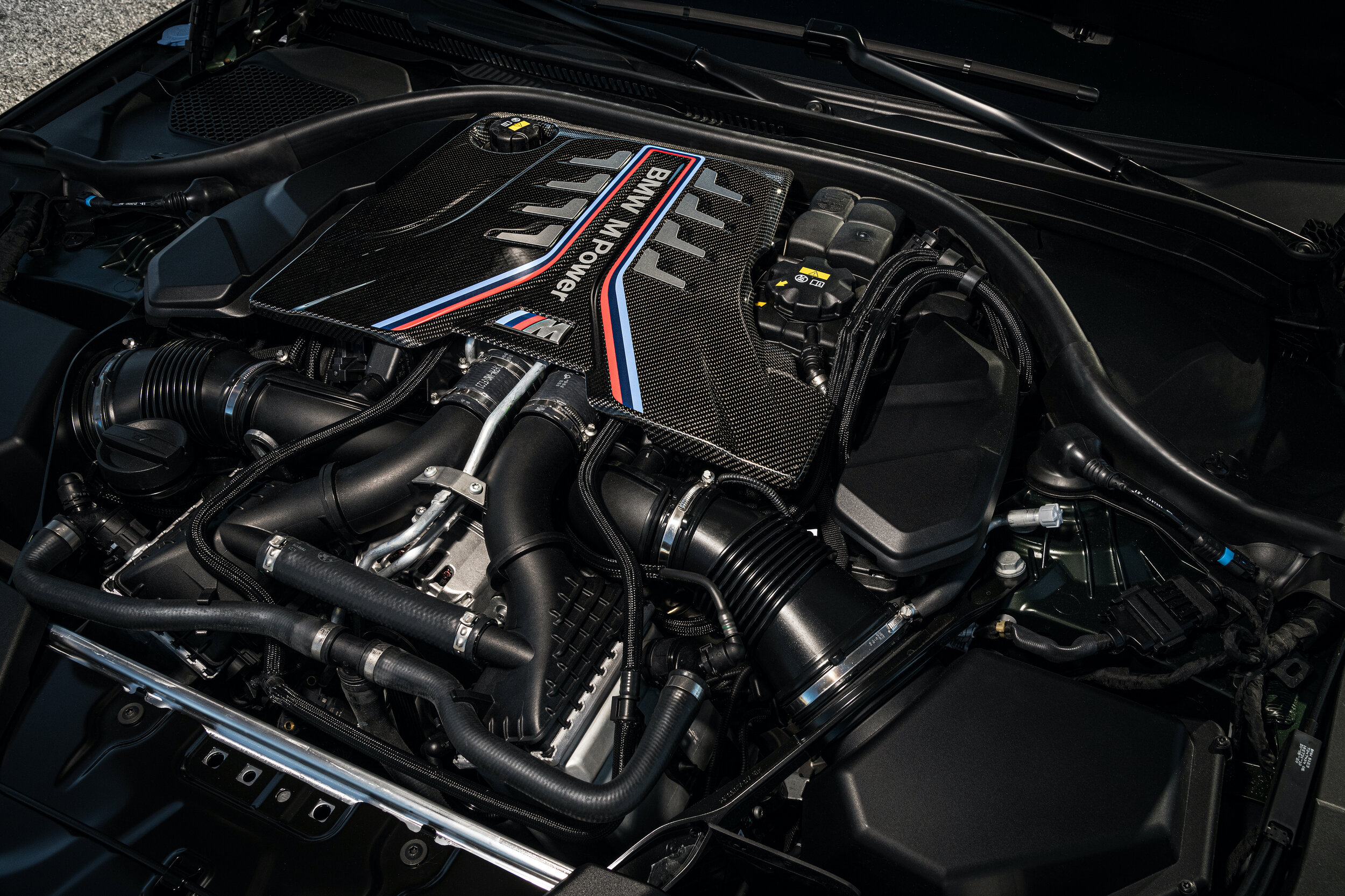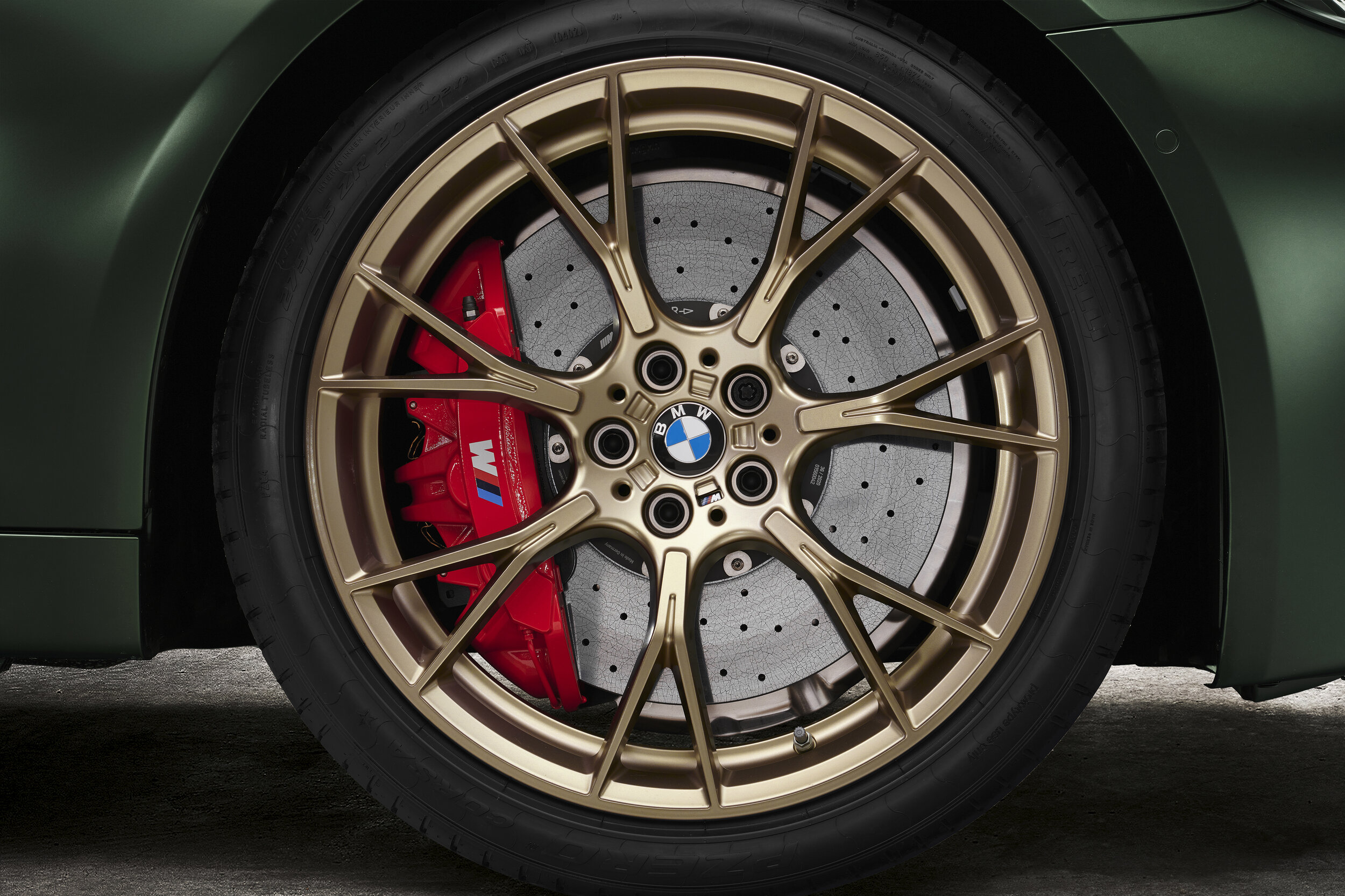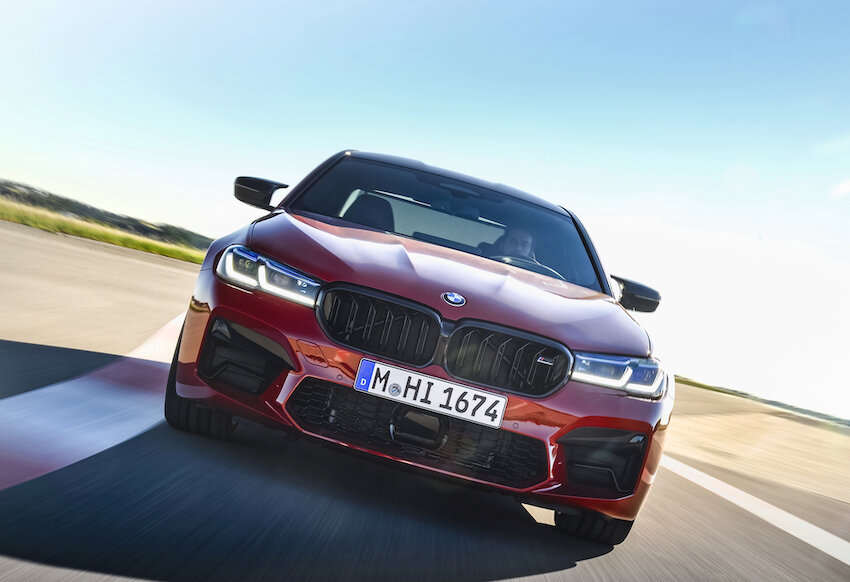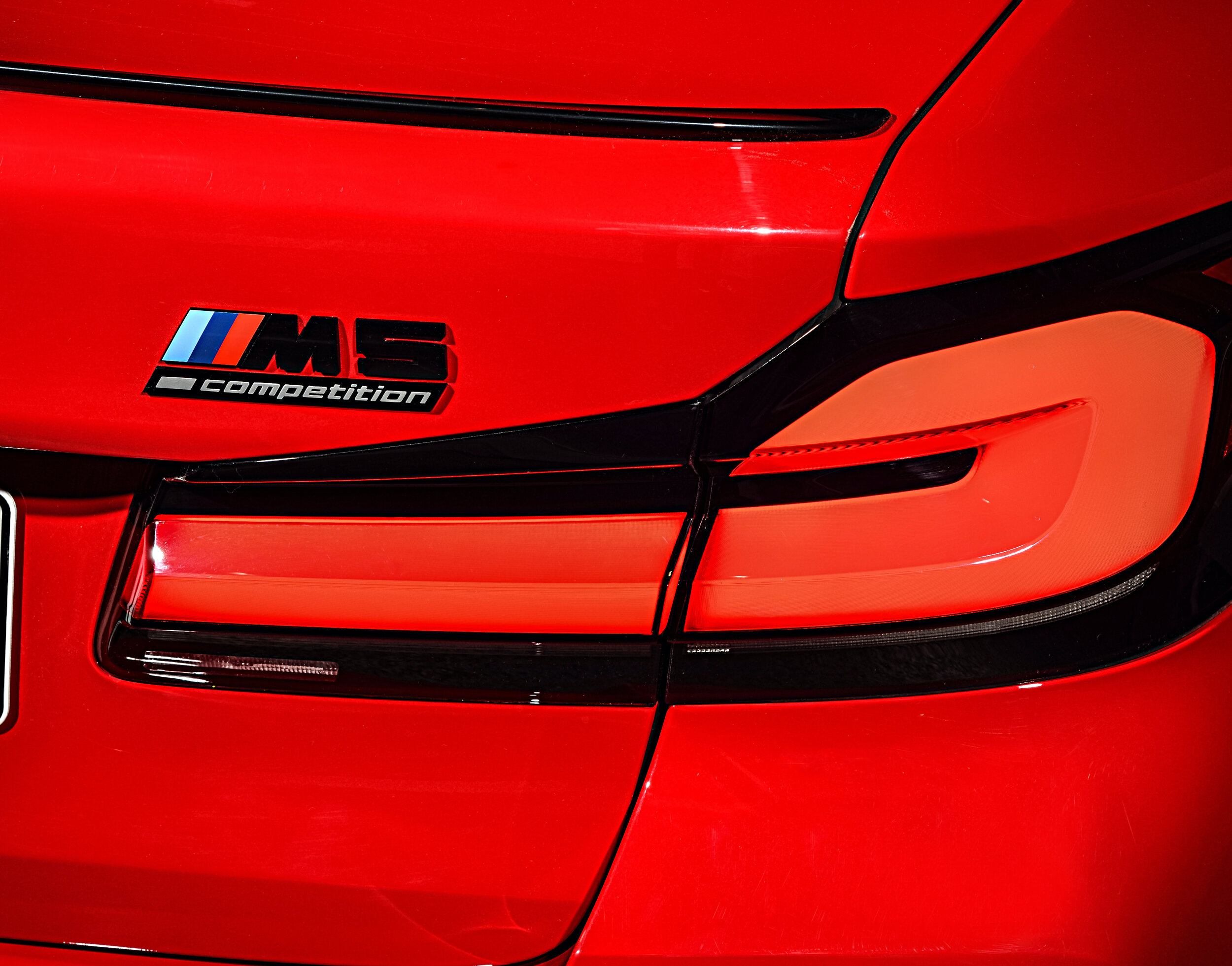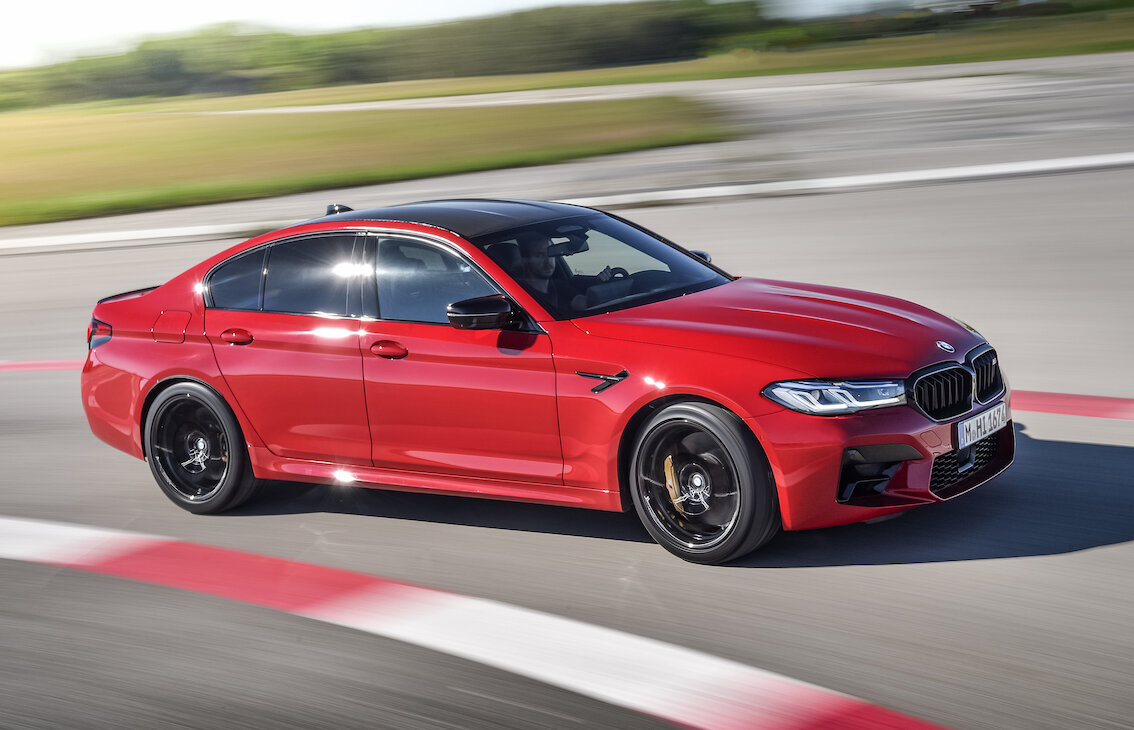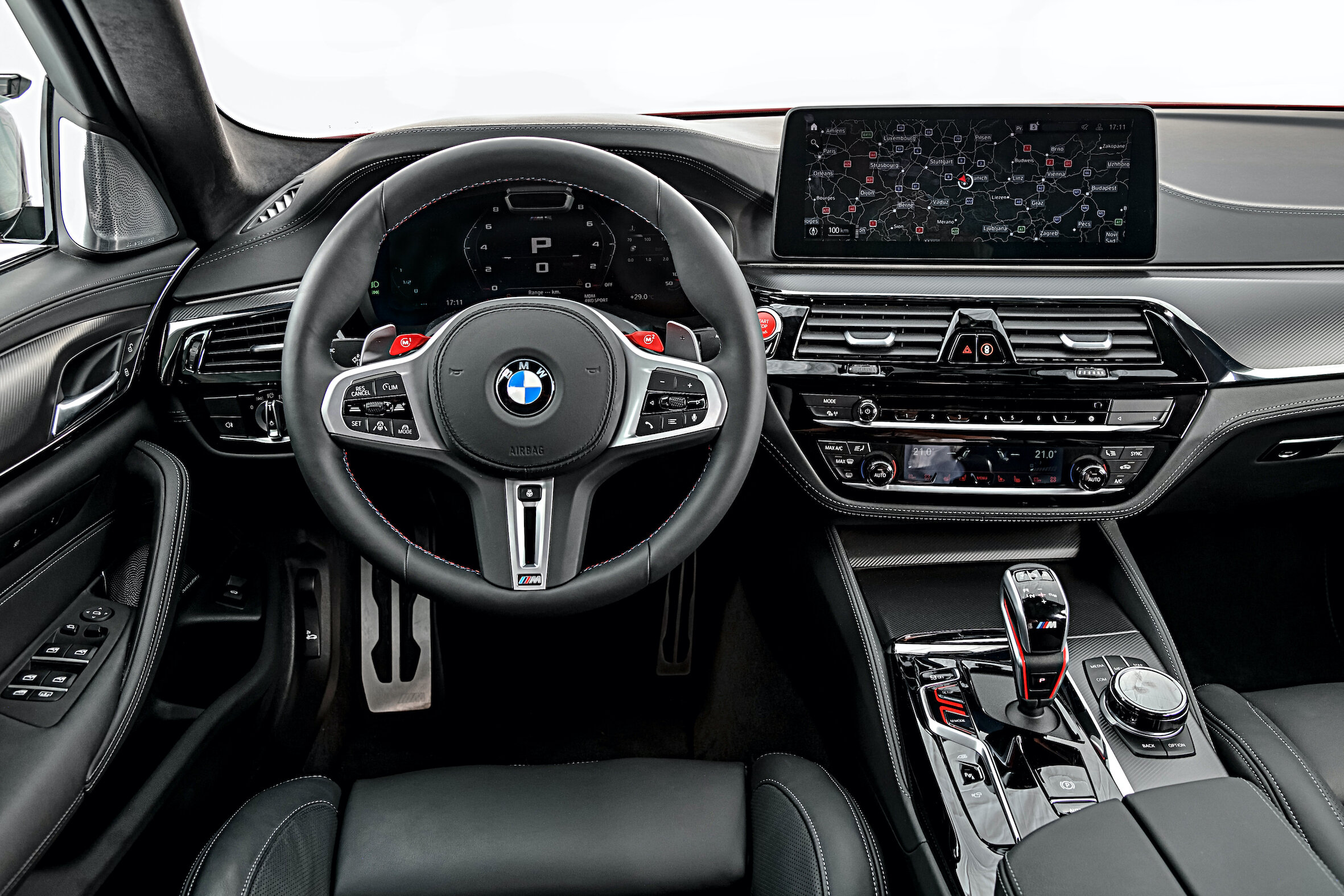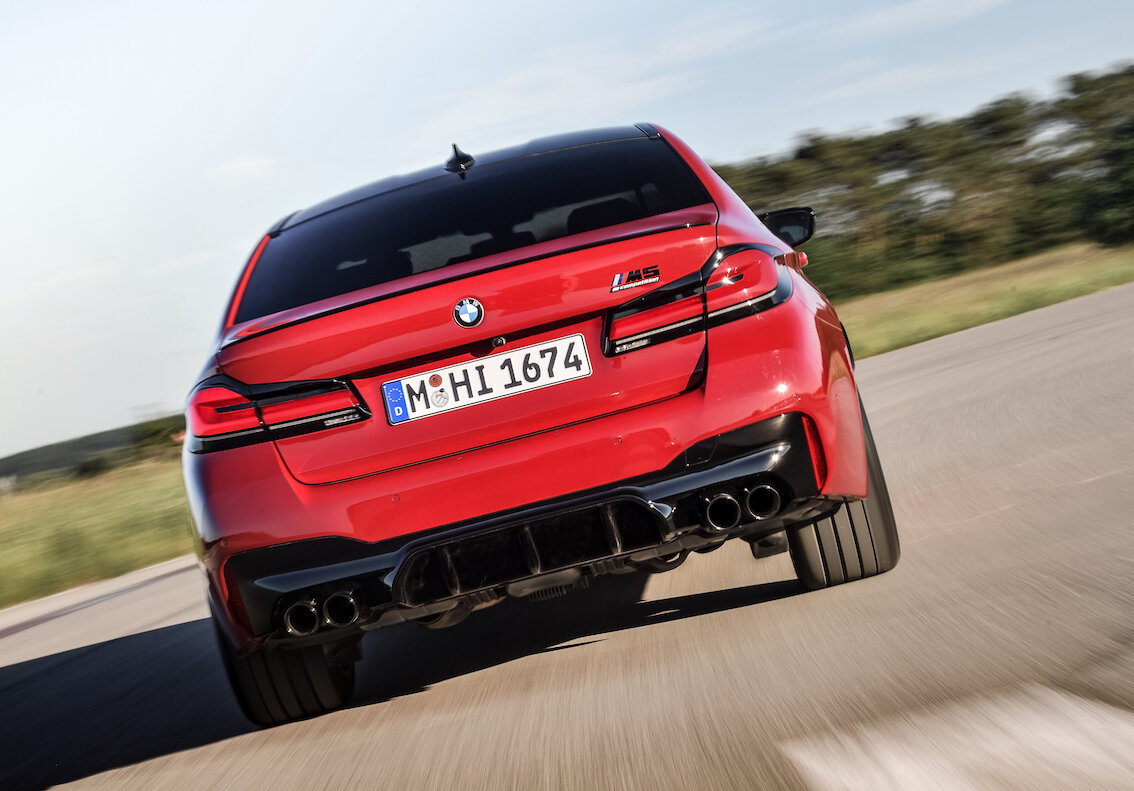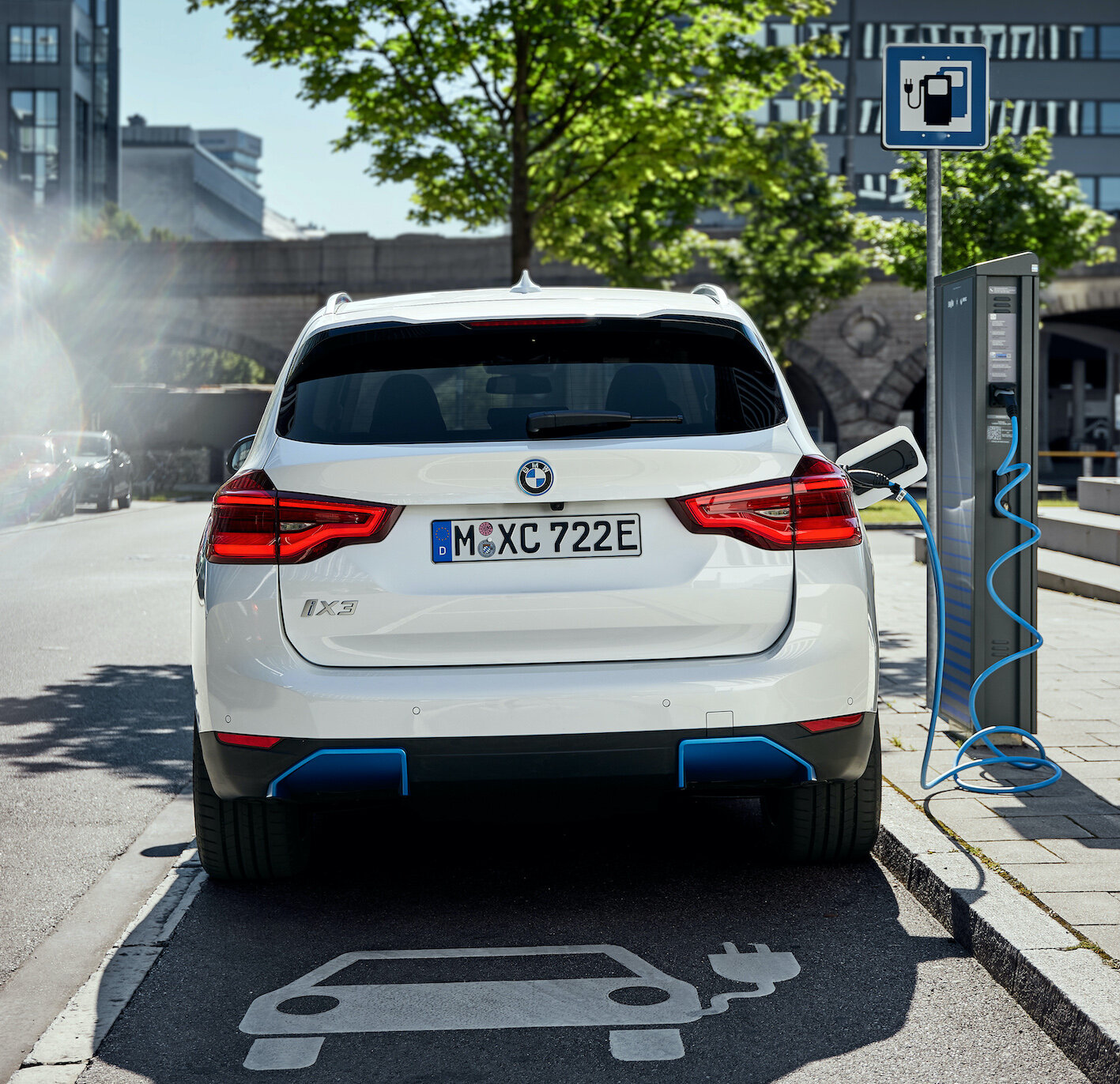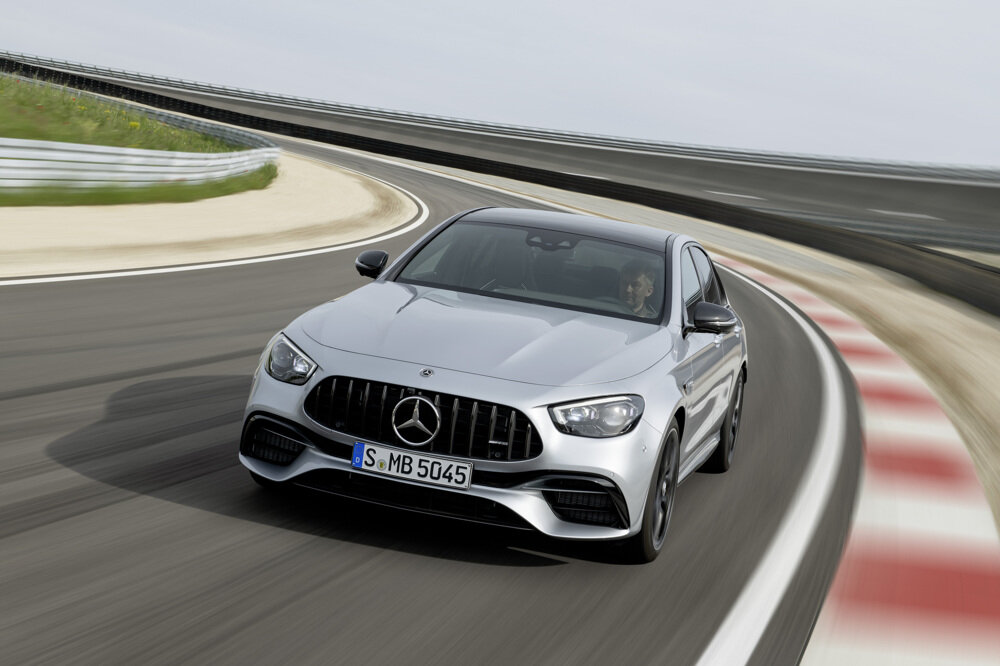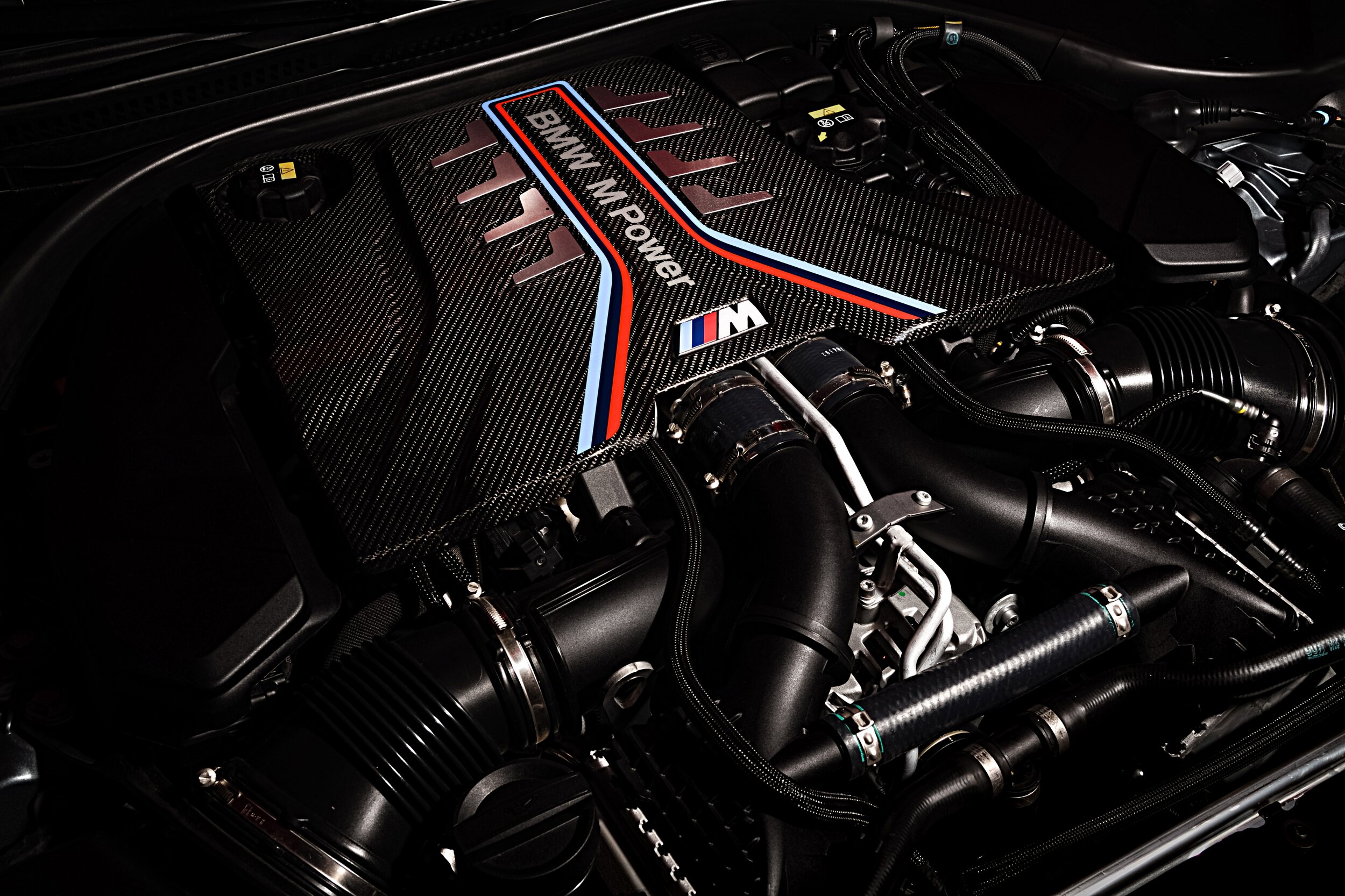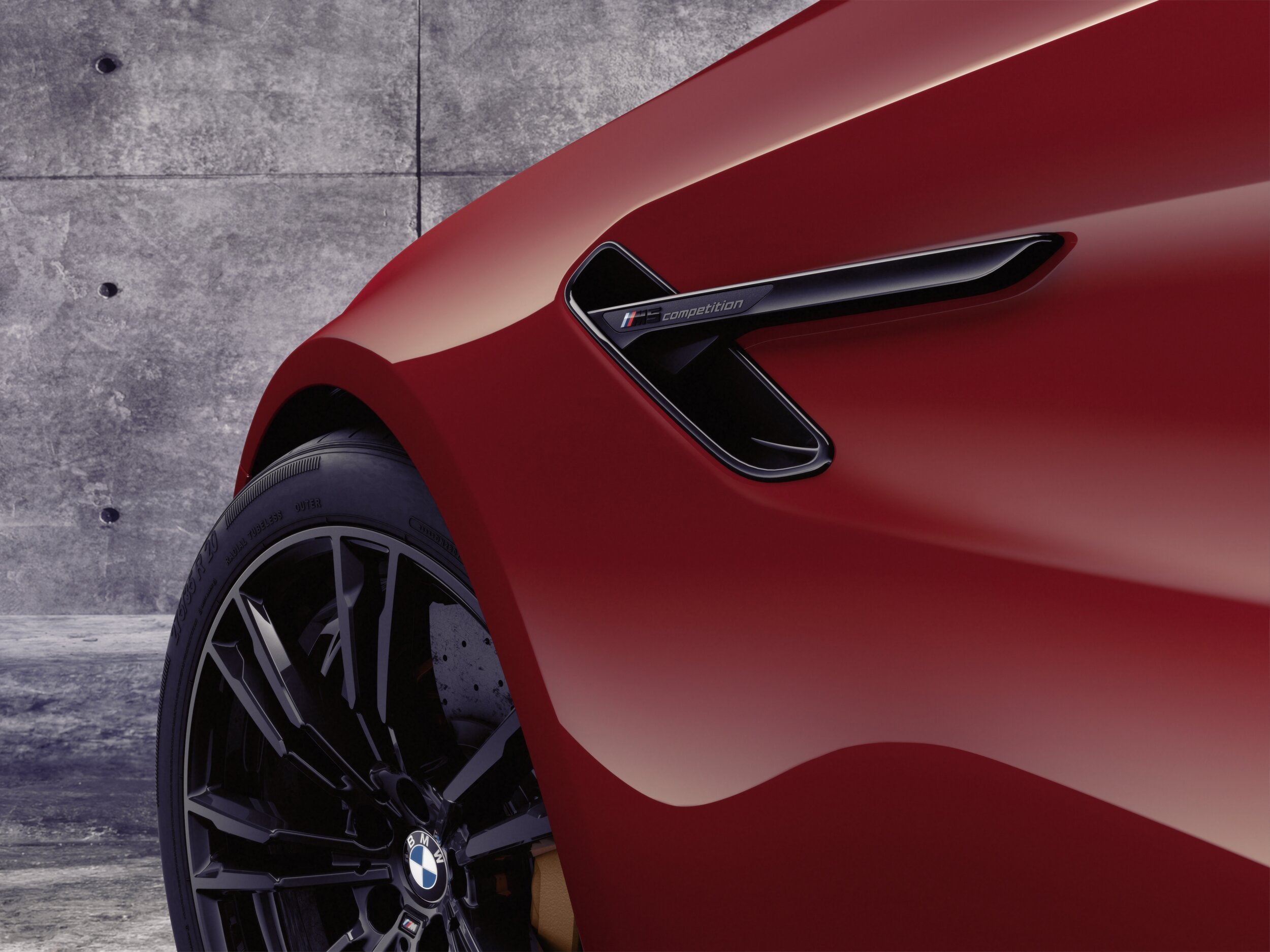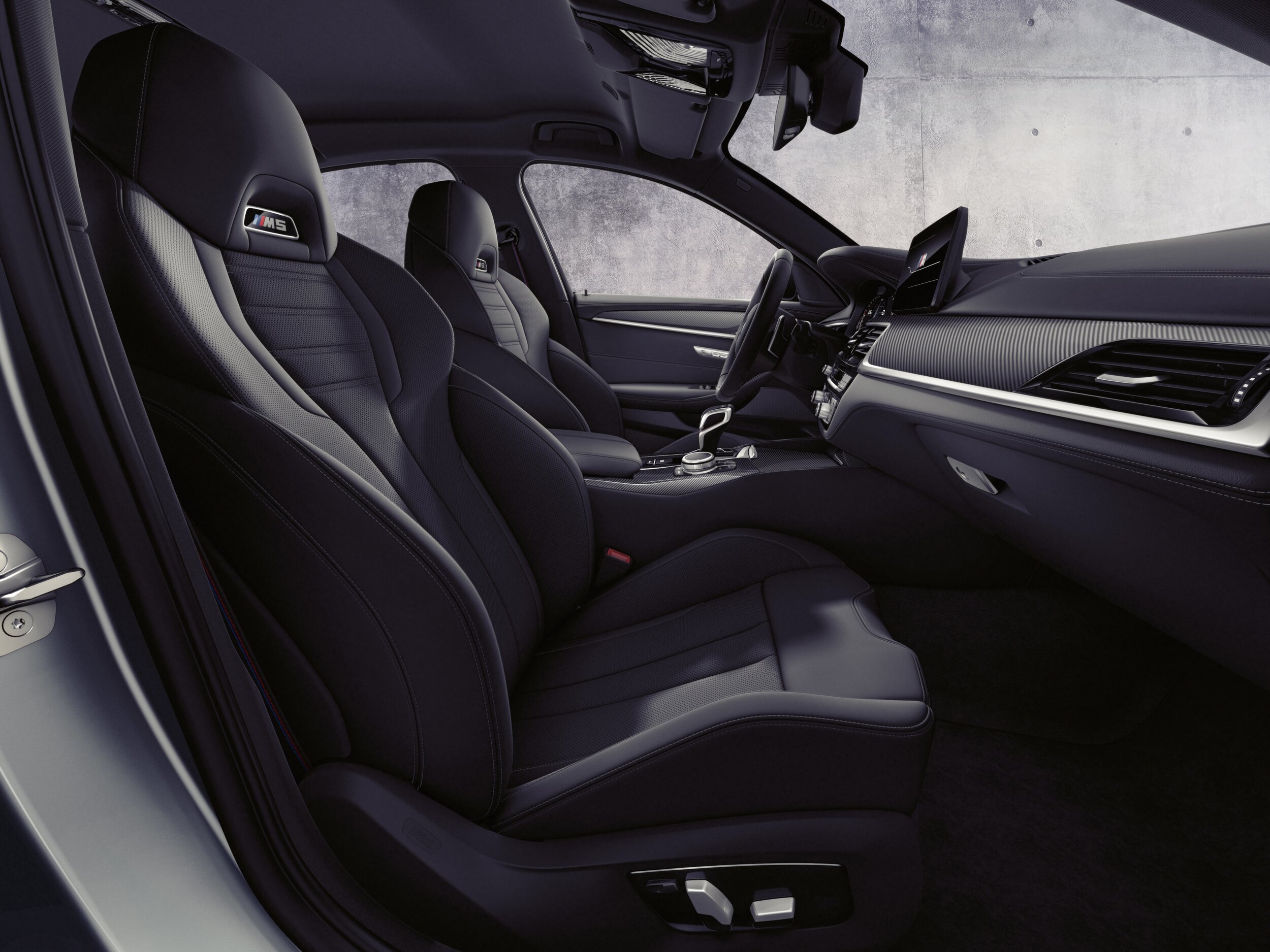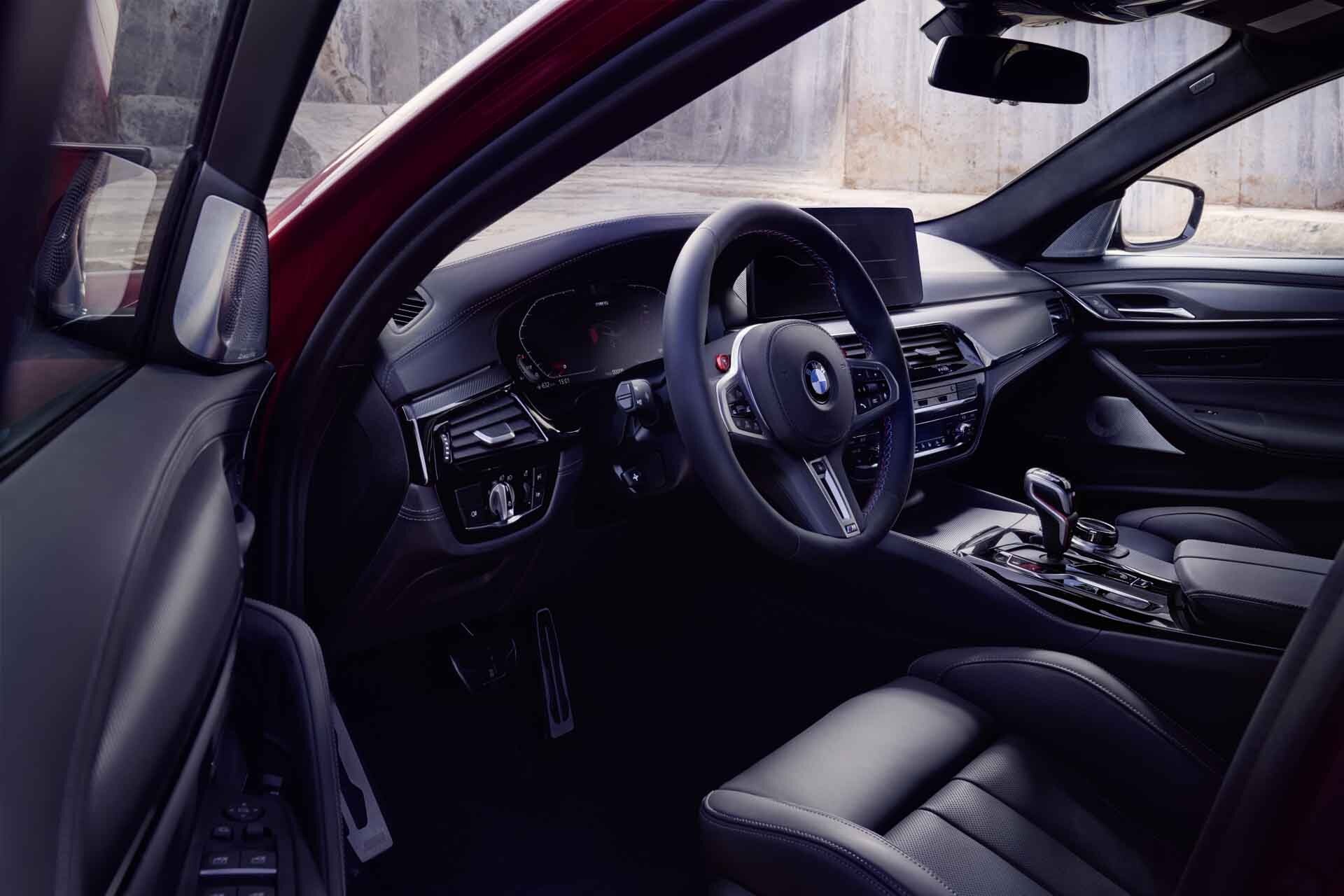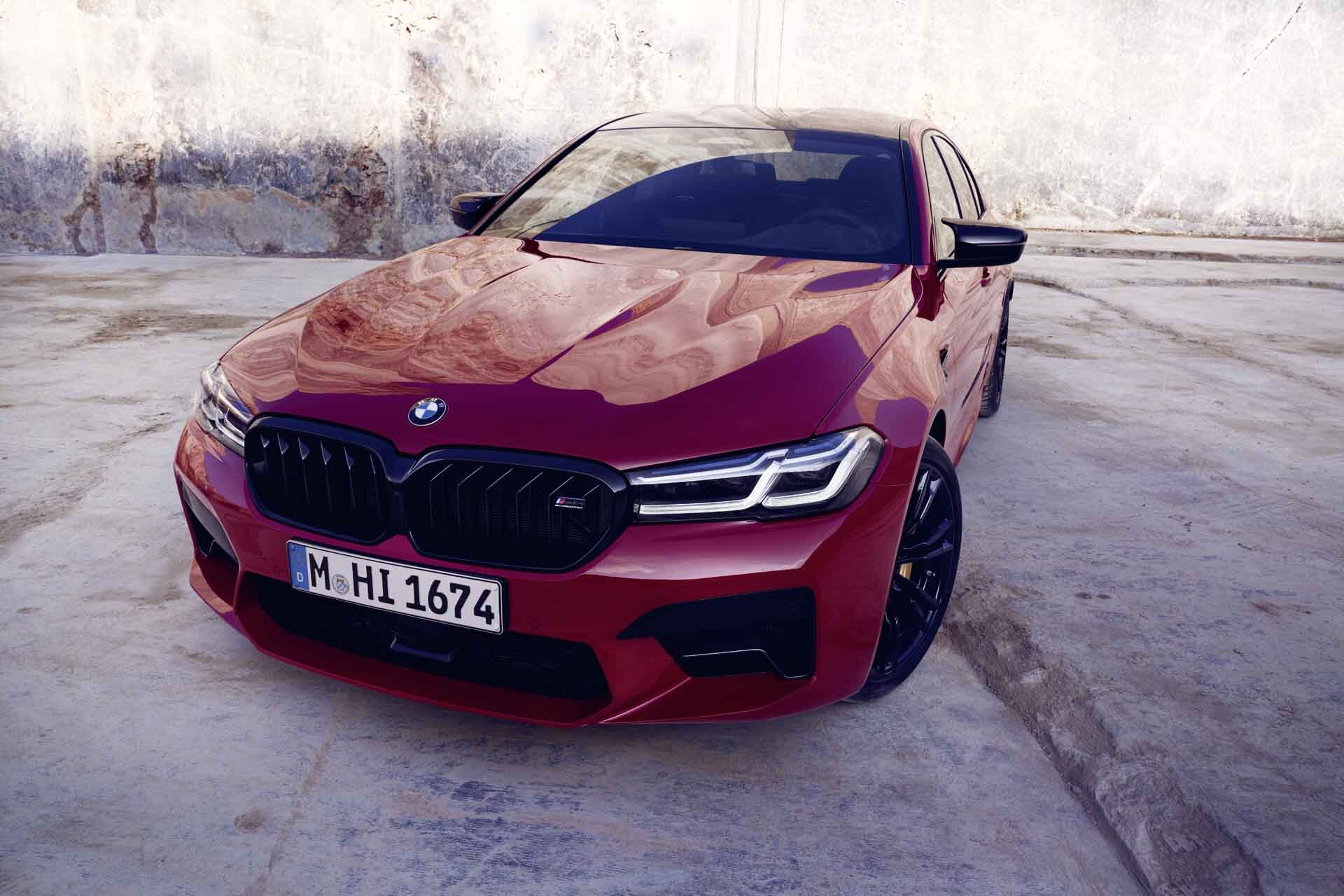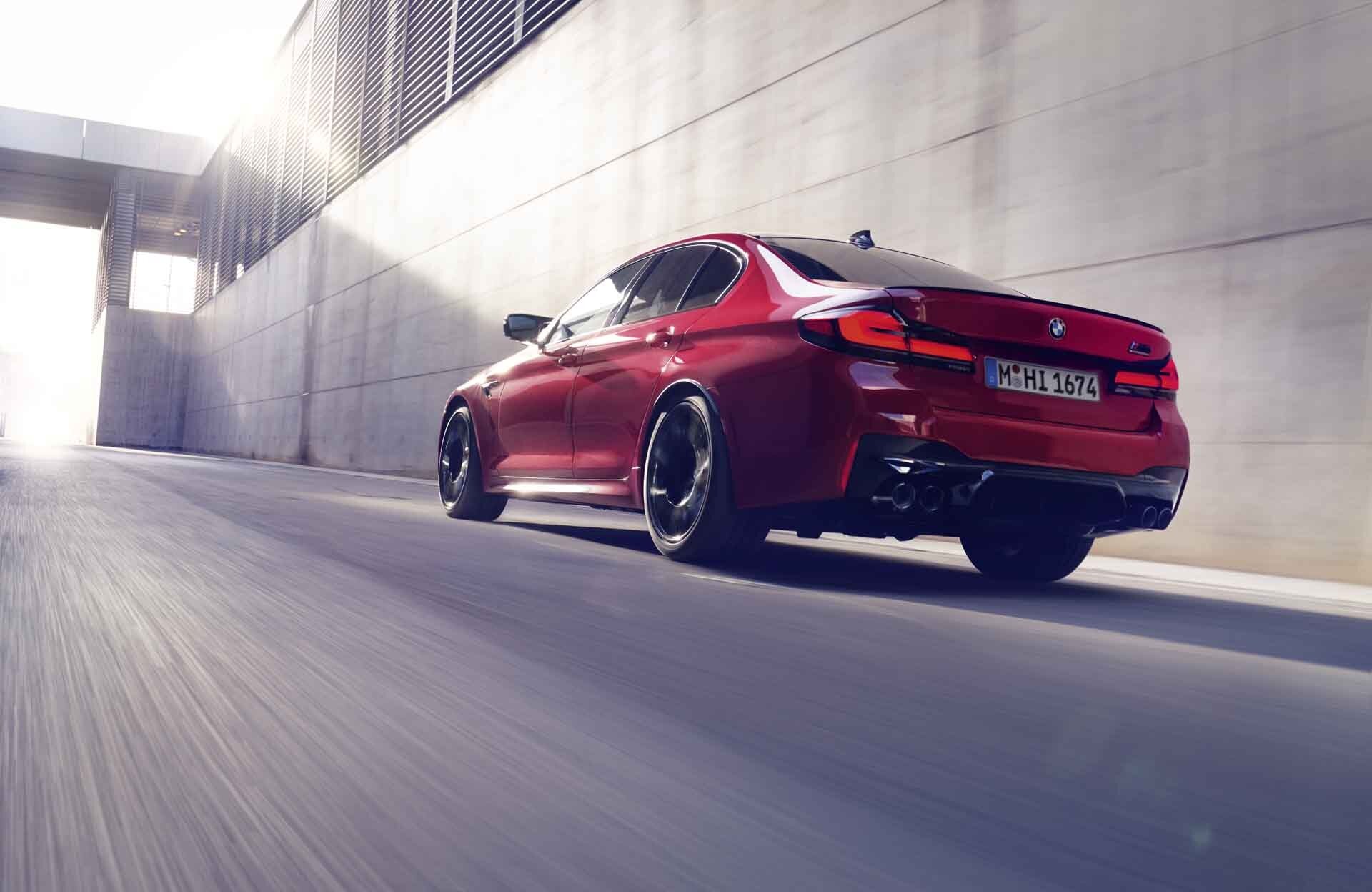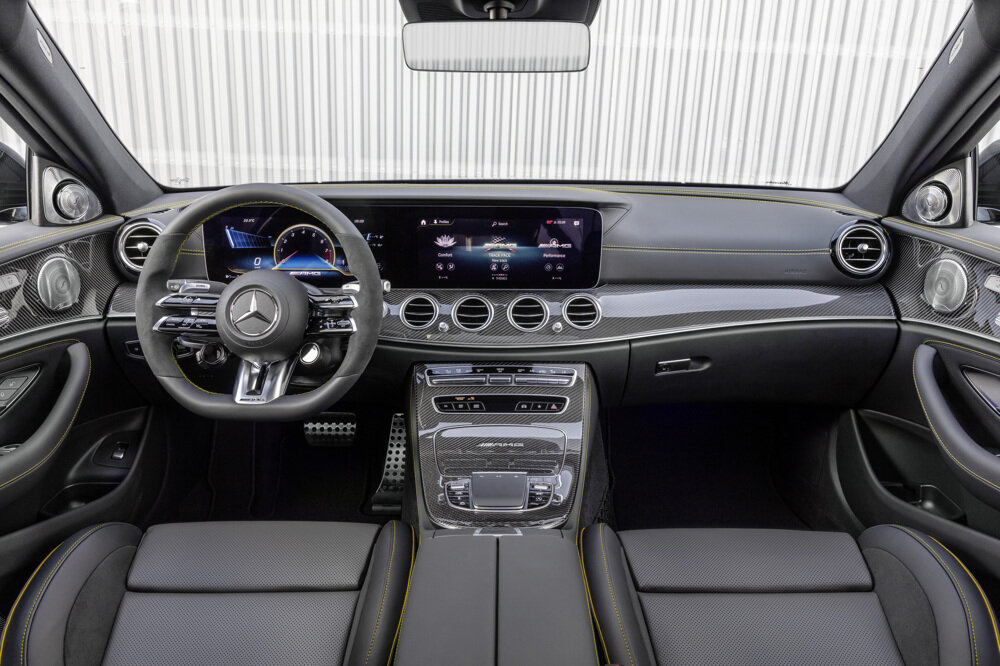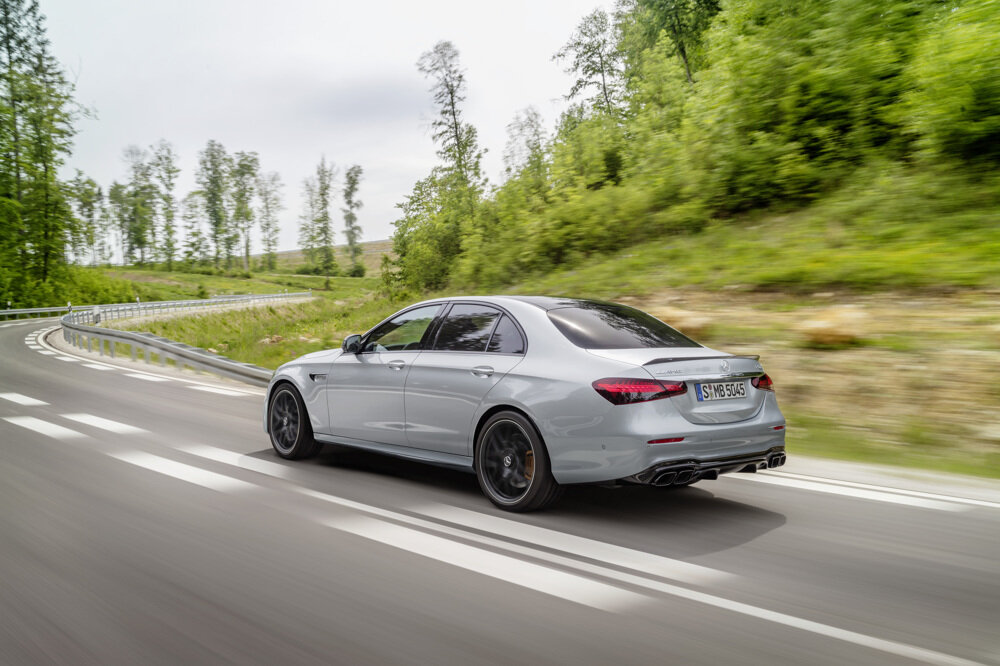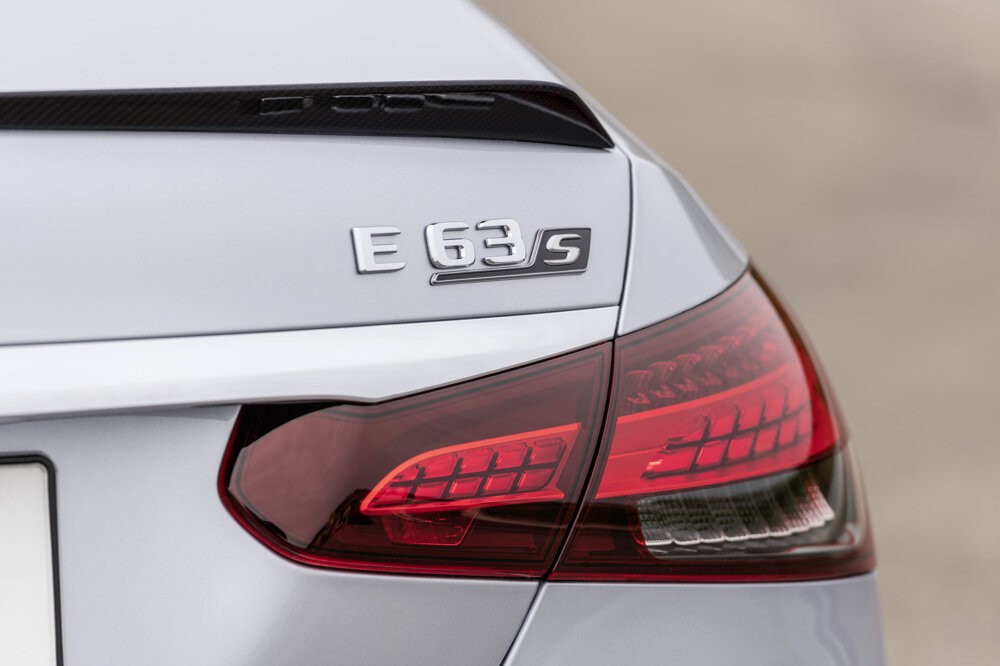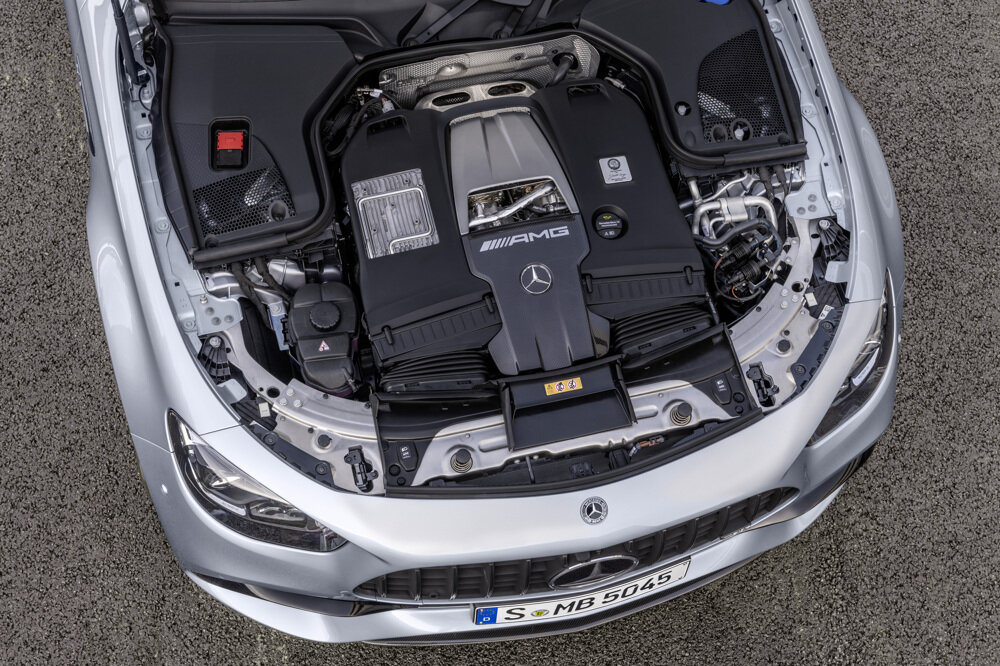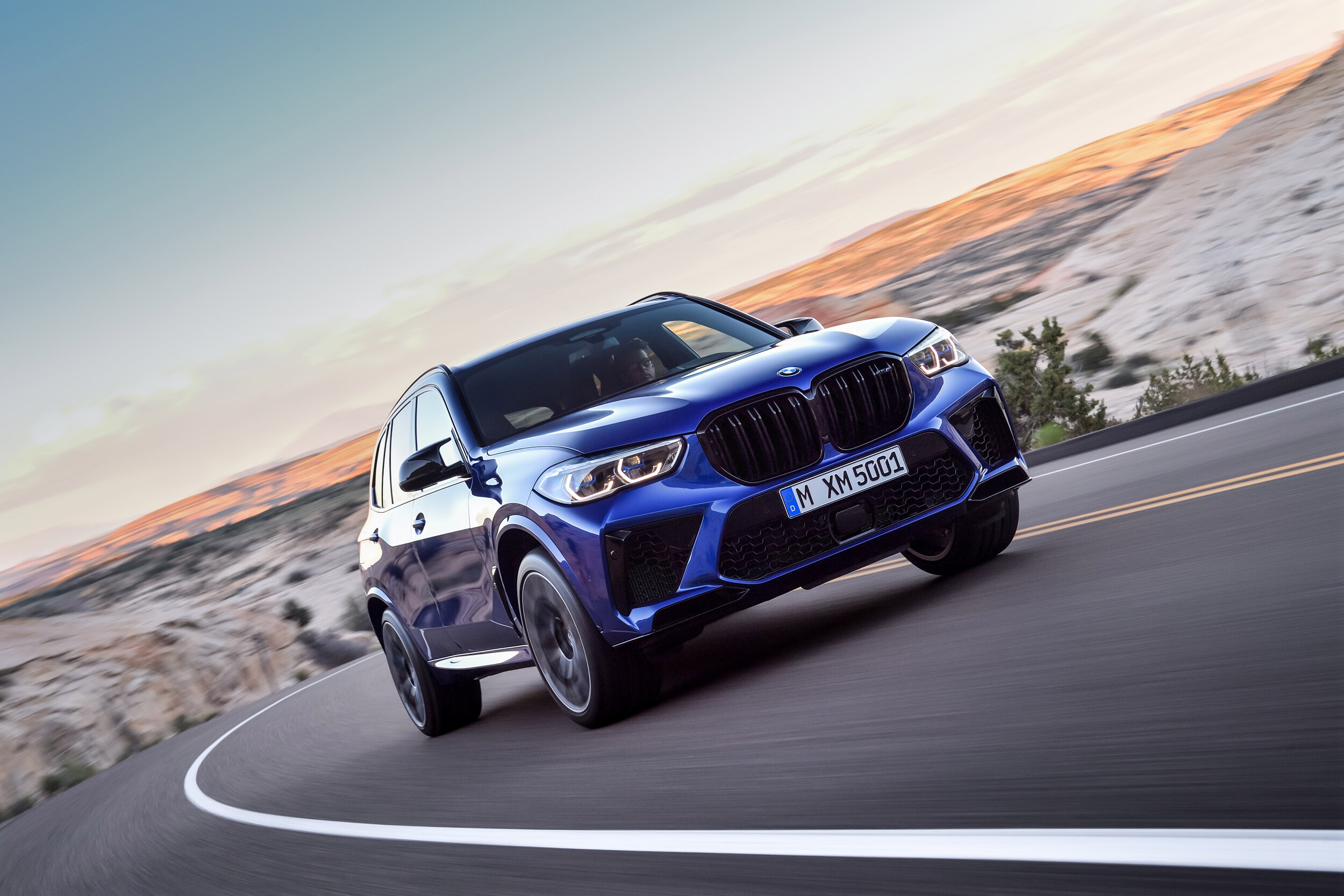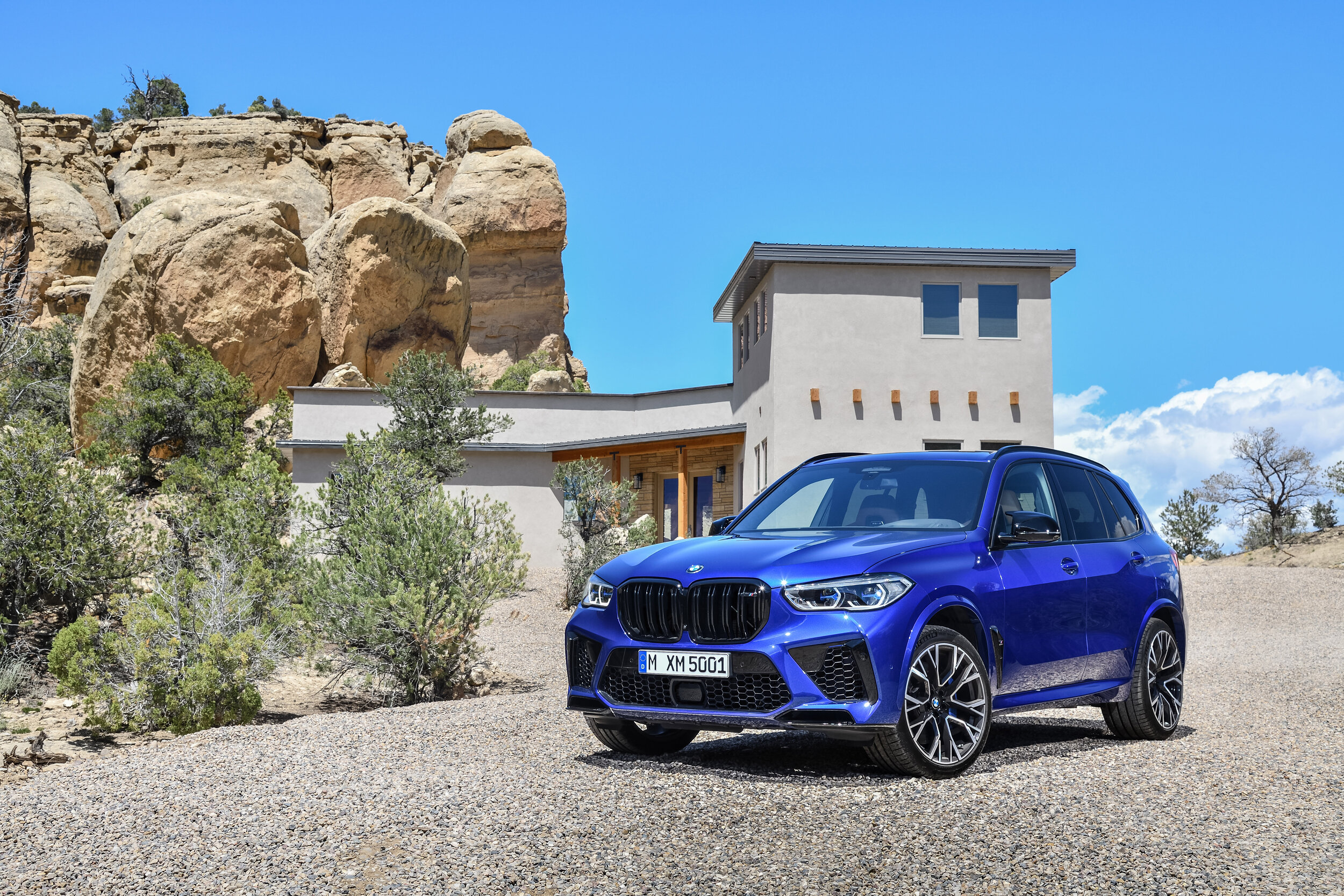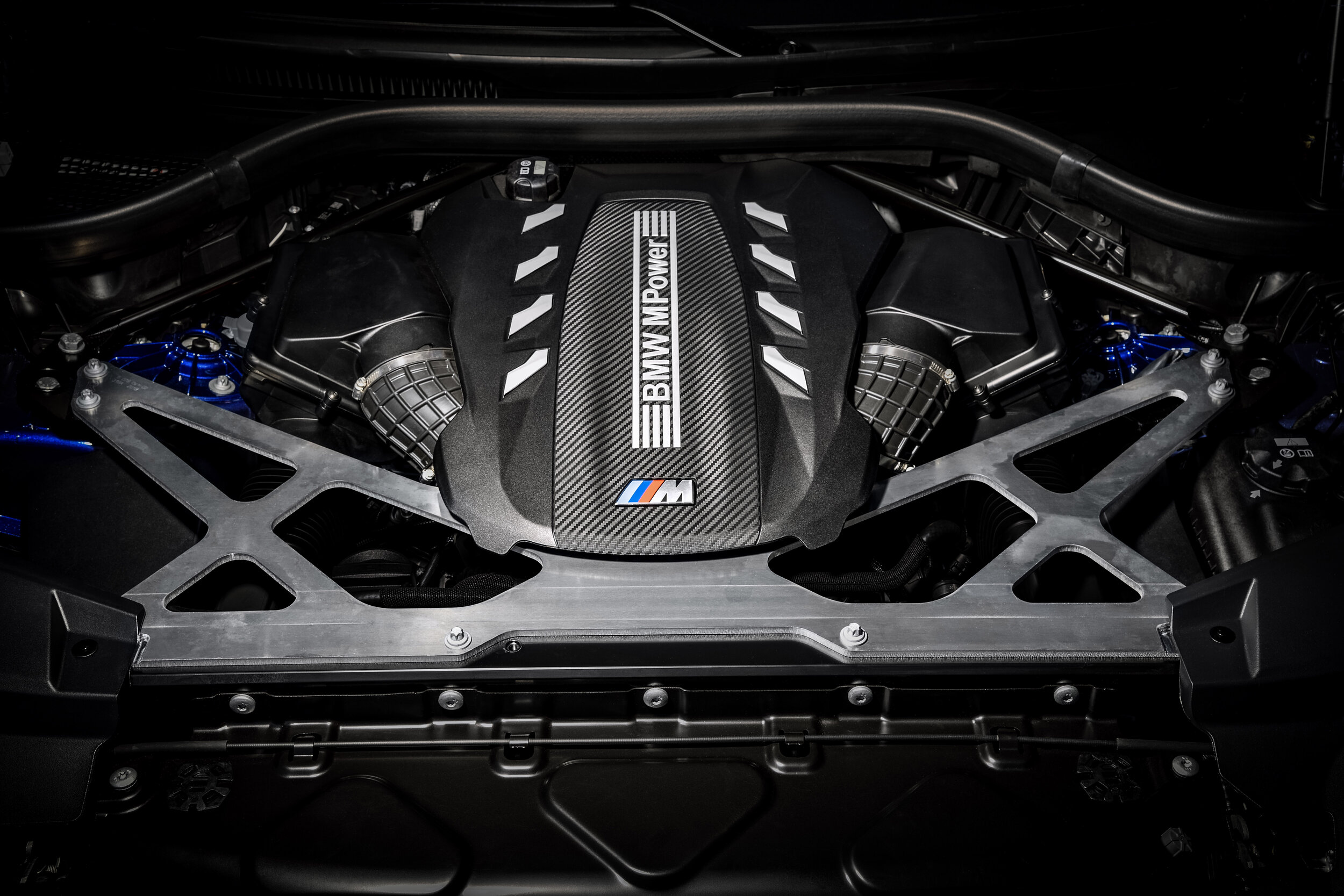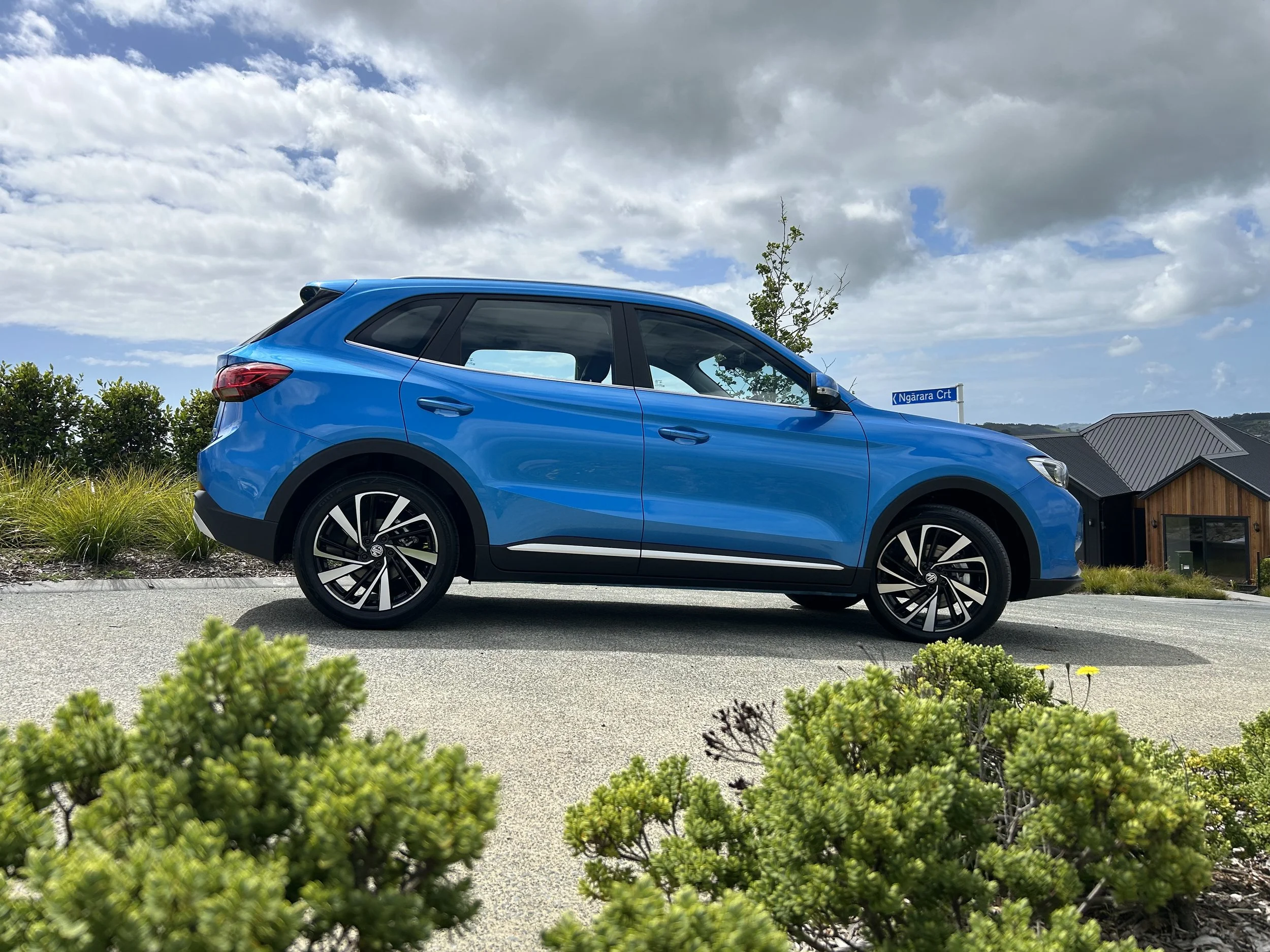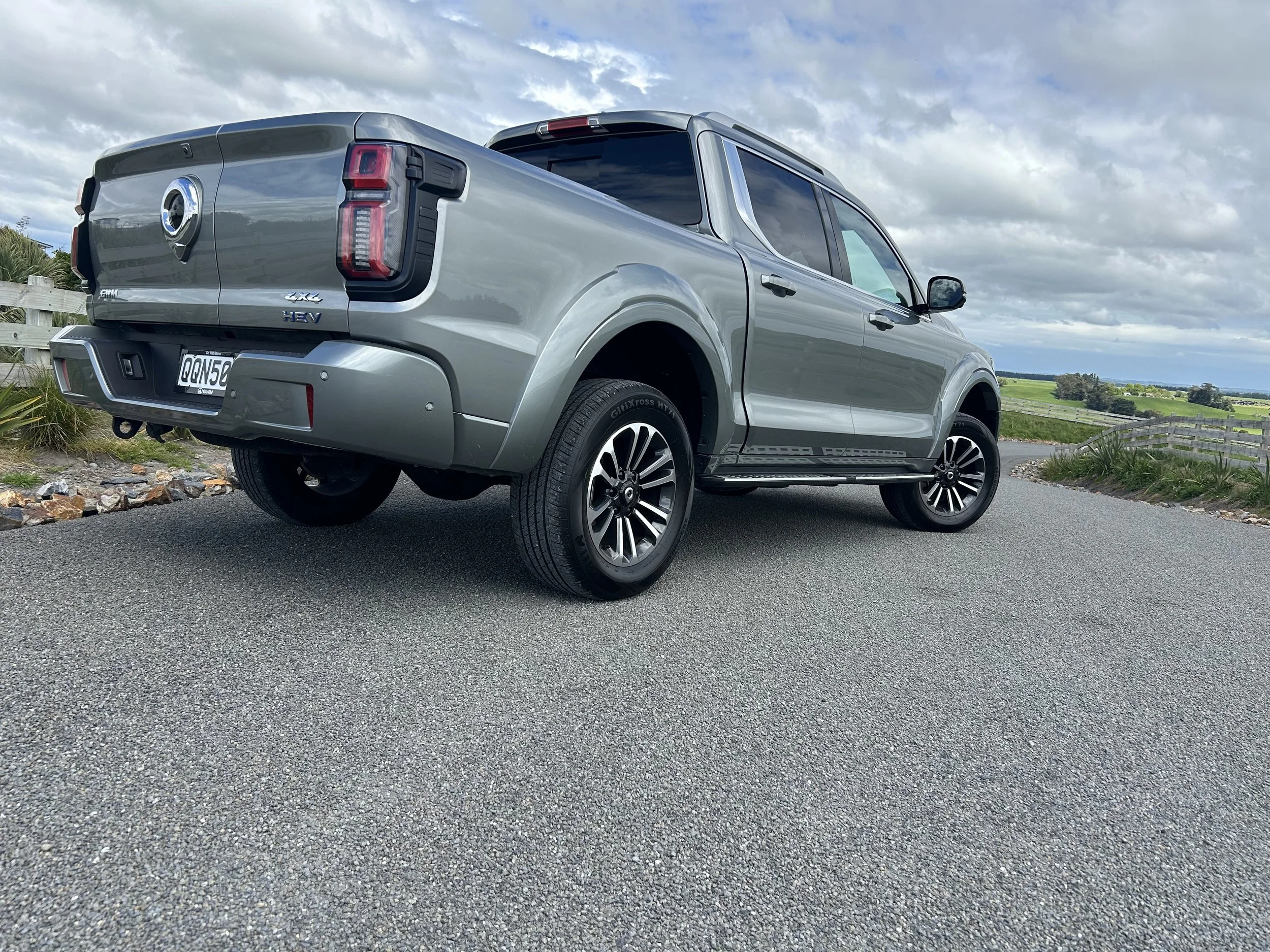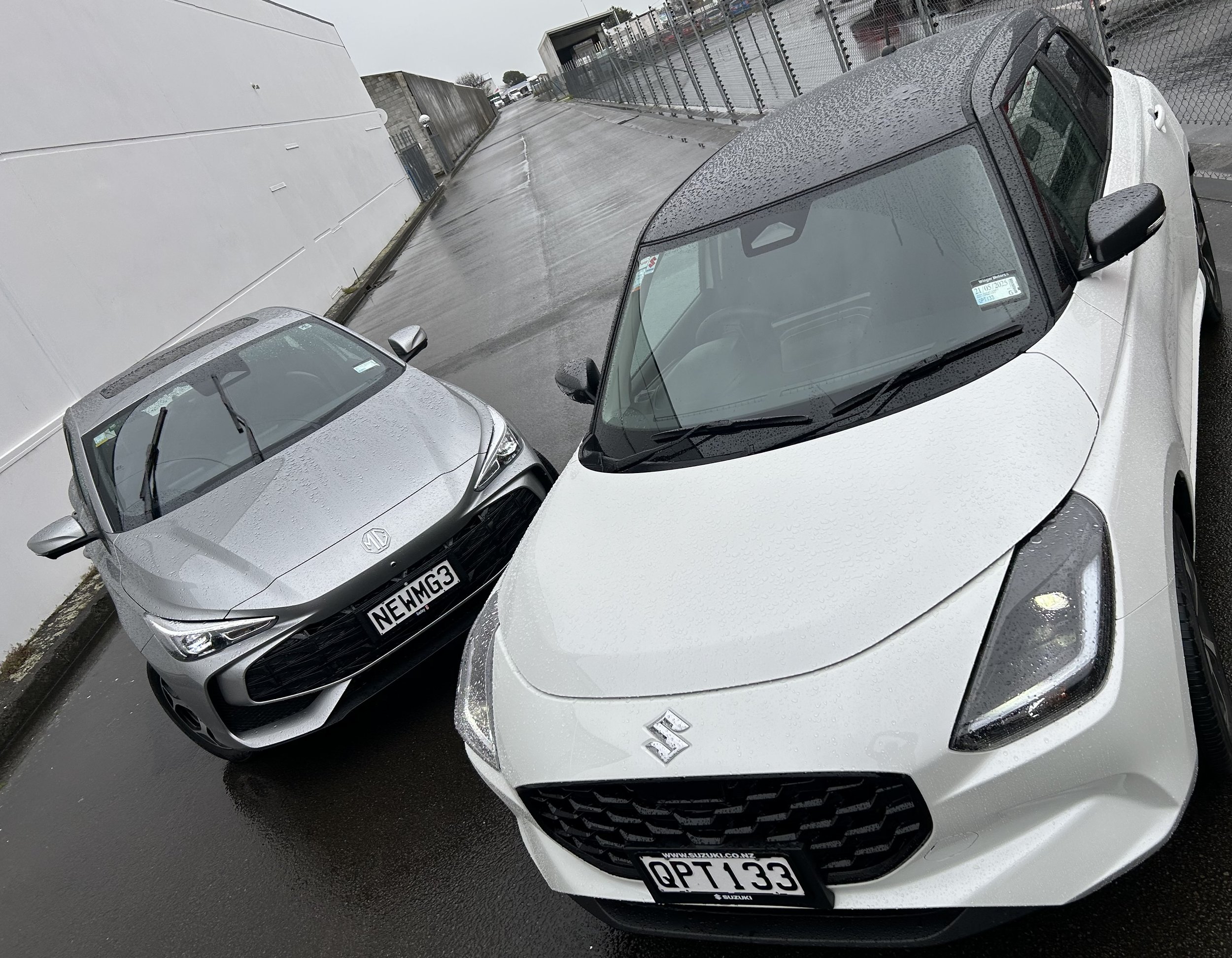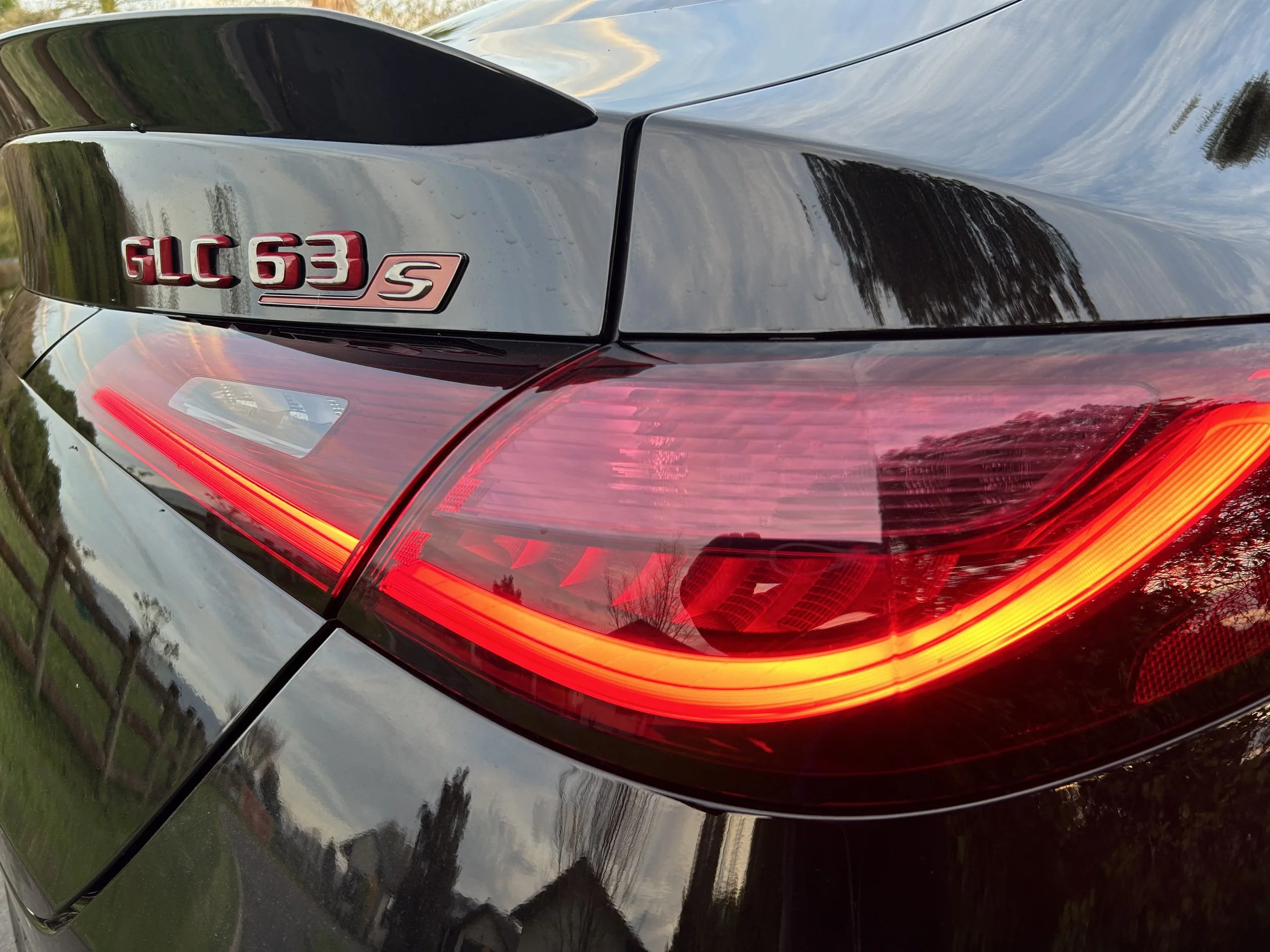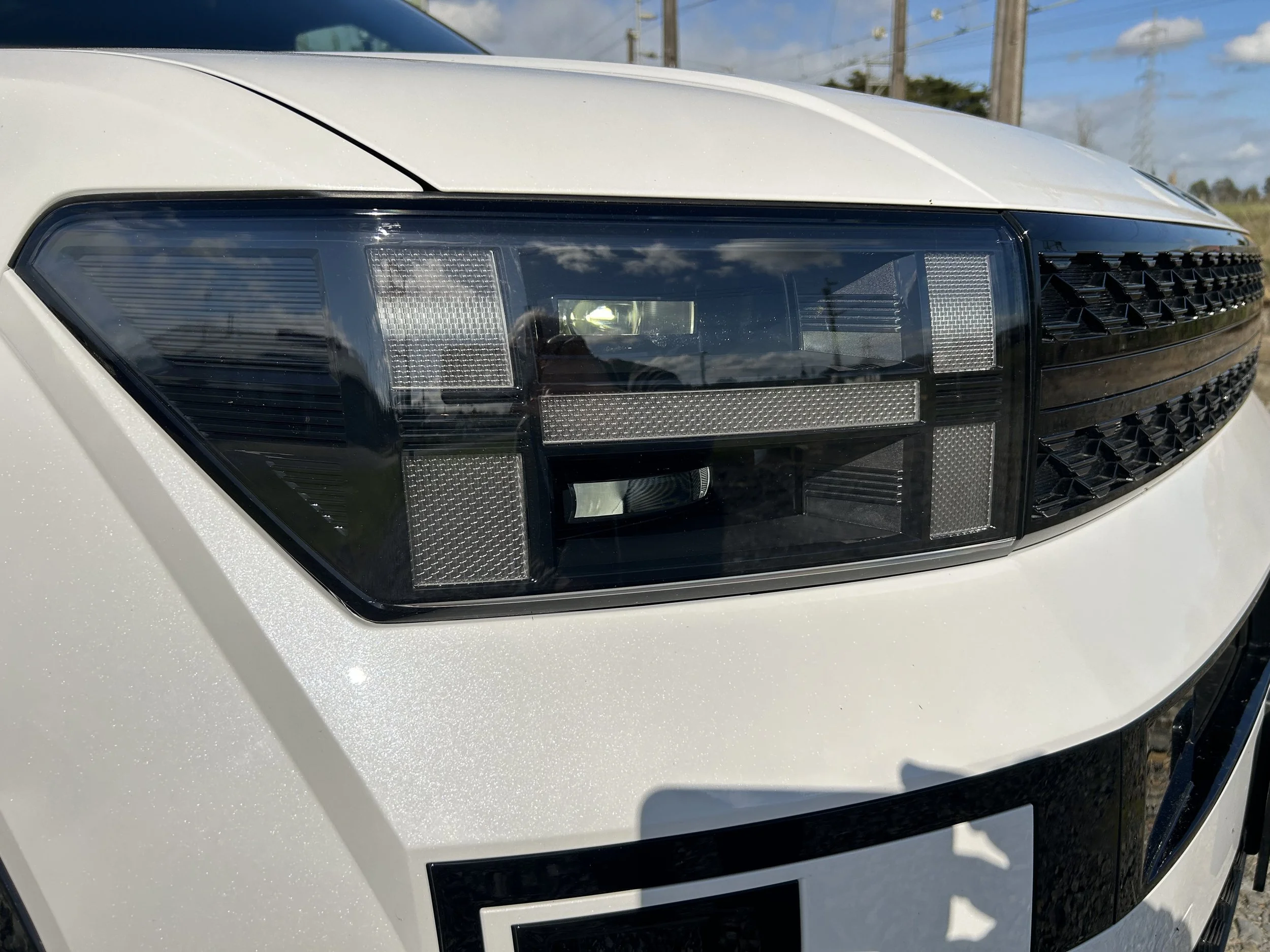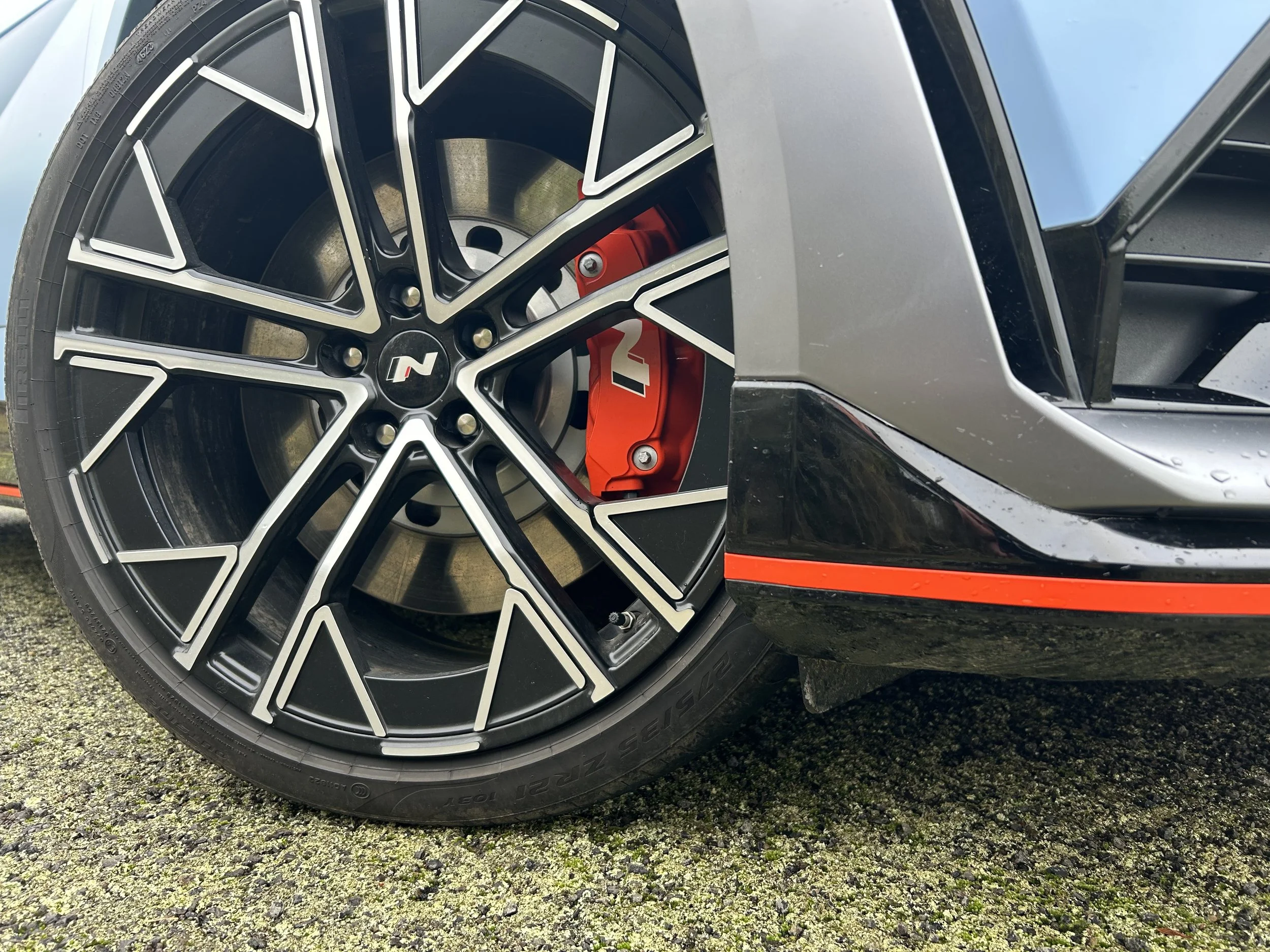MEMO to Audi and Mercedes – don’t get too cosy; BMW will by this time next year have a car to rival your premium EV zone products in style and sophistication and outgun on range.
That’s the message from Munich’s local distributor today with the global unveiling of the iX, the much-anticipated long-awaited all electric sports utility that BMW has developed as a technological flagship.
The production version of the Vision iNext concept that was revealed back in 2018 is still a year away from rolling down the assembly line in Dingolfing, Germany, from the second half of 2021… yet intention is to fast-track this five-seater straight to this part of the world.
BMW New Zealand says it will have the car on sale in the second half of 2021 and while intending buyers have yet to be given any idea about local market cost and specifications, they can be assured the car which has been revealed internationally today is accurately representative of what will ultimately hit our roads.
So, in a nutshell, an utterly futuristic model that accounts for similar road space as the BMW X5 (but has similar interior room as the next size-up X7) with very high specification and plush appointments in two levels of bodywork, a standard look and a sport enhancement with more rakish styling elements.
What’s promised is a big step forward over the brand’s sole all-electric offering of the moment, the i3 – as well it should be, given the landmark city car is in its seventh year.
In respect to the core elements of sustainability, connectivity, automated driving and design, it also reaches a lot further than the iX3 – the electrified X3 coming on sale in early 2021.
BMW hasn't finalised the figures that surround the iX's electric powertrain, but we are told that the car will be powered by two electric motors (with no rare earth elements), producing 'more than' 370kW, which comprehensively beats the 300kW EQC and e-tron 50 and 55 (respectively 230kW and 300kW).
Apparently the iX will do 0-100kmh in under five seconds, but of greater importance is the efficiency and range between charges. BMW expects the car will average 21kWh per 100km on the WLTP cycle, resulting in a range of more than 600km from its 100kWh battery pack.
Recharging times are also impressive … when the right hardware is in place. The iX3 can be DC fast-charged at up to 200kW, allowing 10-80 percent charging in under 40 minutes, or 120km range for 10 minutes of charge.
That mightn’t be quite that sharp on NZ’s national subscription infrastructure, which still heavily bases on 50kWh replenishment points, though change is occurring, with 150kWh chargers starting to proliferate and 300kWh devices planned for introduction next year. On a 11kW wallbox, the 0-100 percent charge takes nearly 11 hours.
The iX diverts from the previously announced brand plan to base future BMW electric models around the same platforms as the existing petrol, diesel and plug-in hybrid models.
The car premiers a new aluminium space frame that supports an inner carbon cage fabricated from CFRP – for composite plastic and carbon-fibre-reinforced-plastic – covered with a body made out of a combination of aluminium and CFRP. The latter is a material BMW has become accustomed to working with as it features intensively in the i3 and now discontinued i8 plug-in hybrid sports car.
BMW says the architecture is highly compatible with the chassis used by the 3 Series through to the 8 Series, as well as the X3 through to the X7. In an interview with German media, high-ups hint key elements of its engineering will be used by other new BMW i sub-brand models in the future.
The Vision iNext’s styling influence is obvious. The large blanked-off grille, heavily chamfered wheel arches, largely unadorned flanks, frameless doors, fixed B-pillars, prominent rear hunches and a tapered glasshouse are straight from the design study.
For the first time in a modern-day BMW model, the iX will feature a fixed clamshell style bonnet.
“Without a traditional engine or frunk (front trunk), there is no need for customers to open the bonnet,” BMW design boss, Domagoj Dukec explained.
Full LED main beams are standard, though buyers will also be able to specify BMW’s Laser lights as an option. At the rear, the iX’s narrow tail lamps receive LED functionality as standard.
A series of aerodynamic developments, including the blanked-off grille, minimal air ducting within the front bumper, flat underbody panelling, integrated door handles with an electronic opening mechanism and the tapered glasshouse, contribute to a claimed drag coefficient of 0.25.


